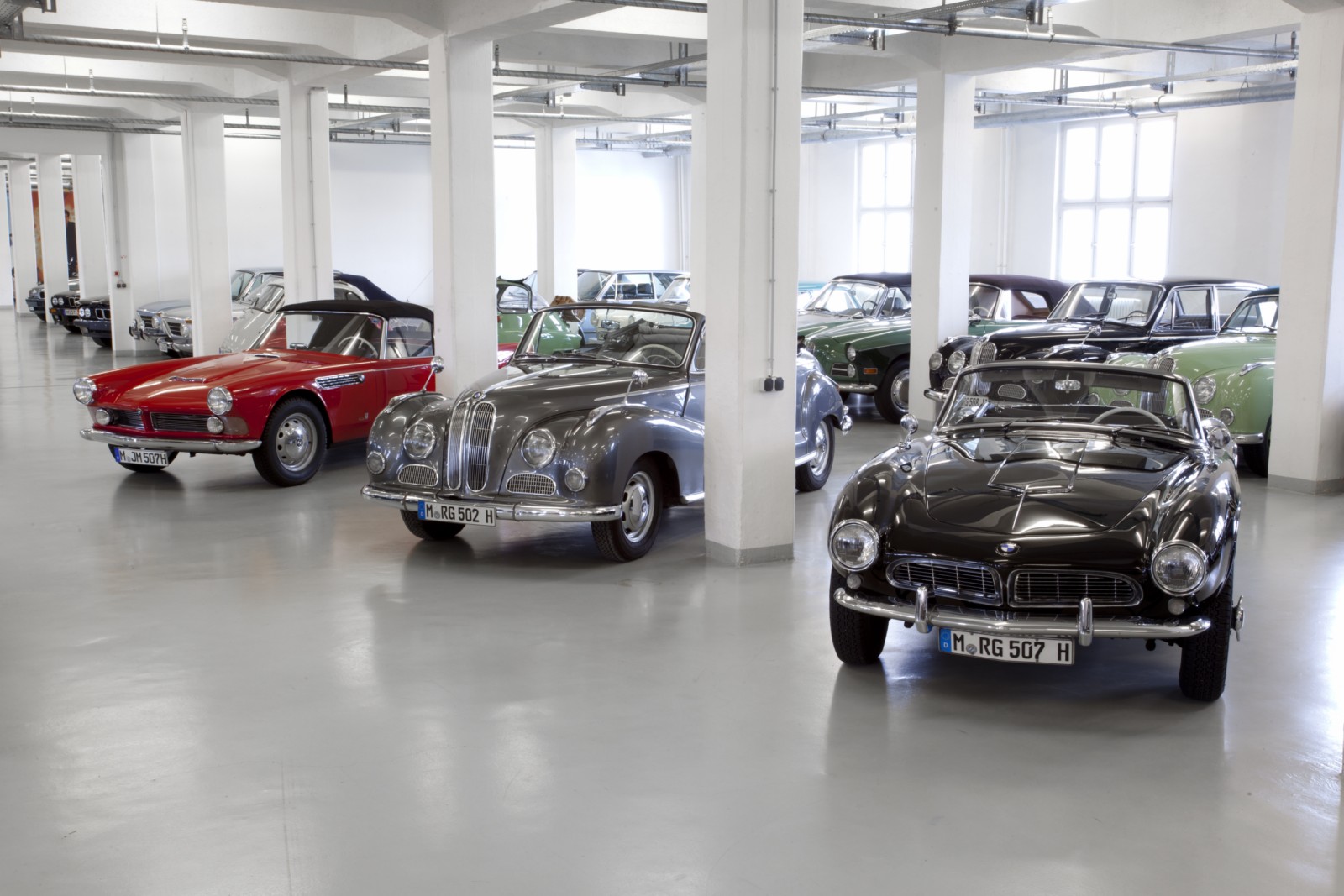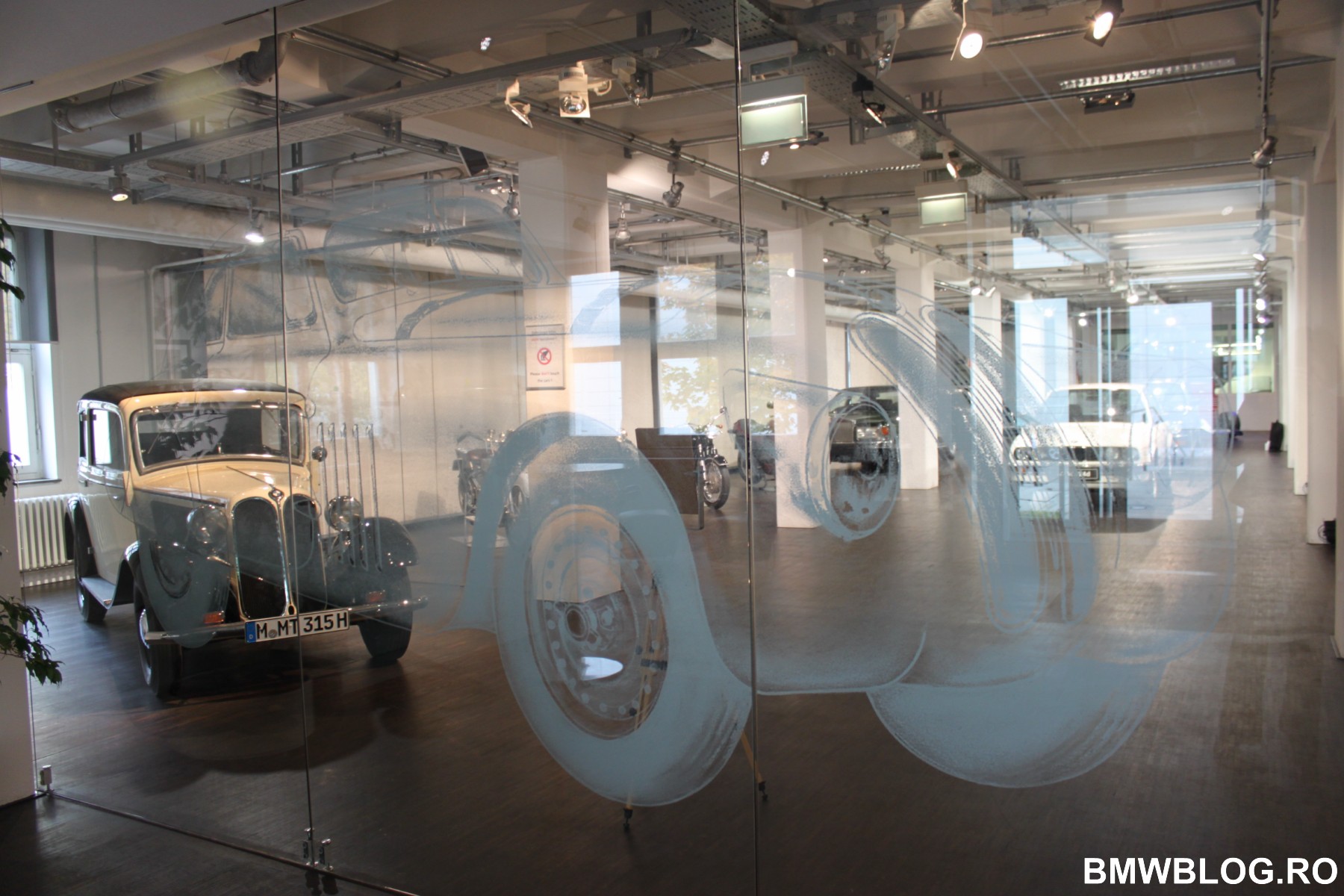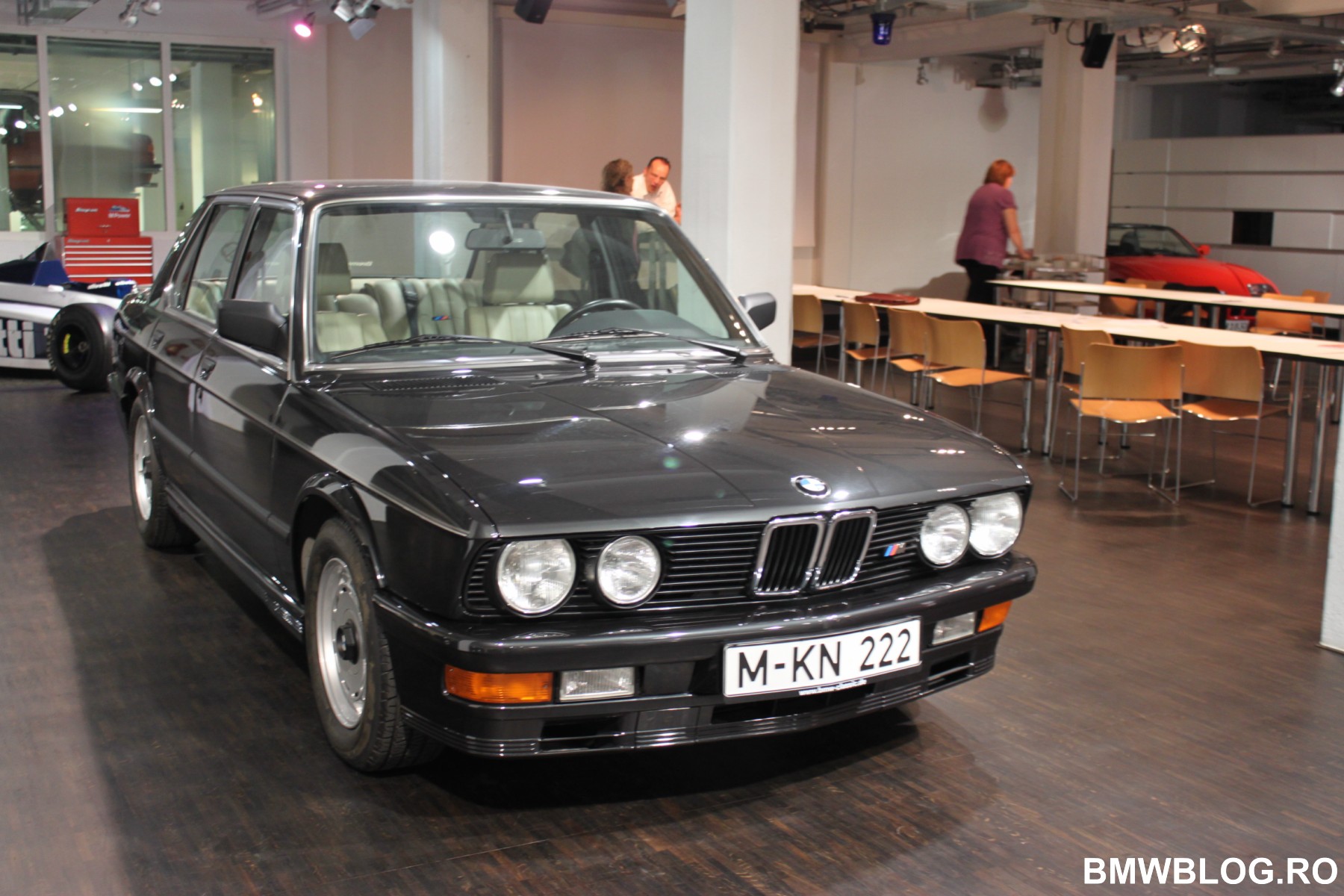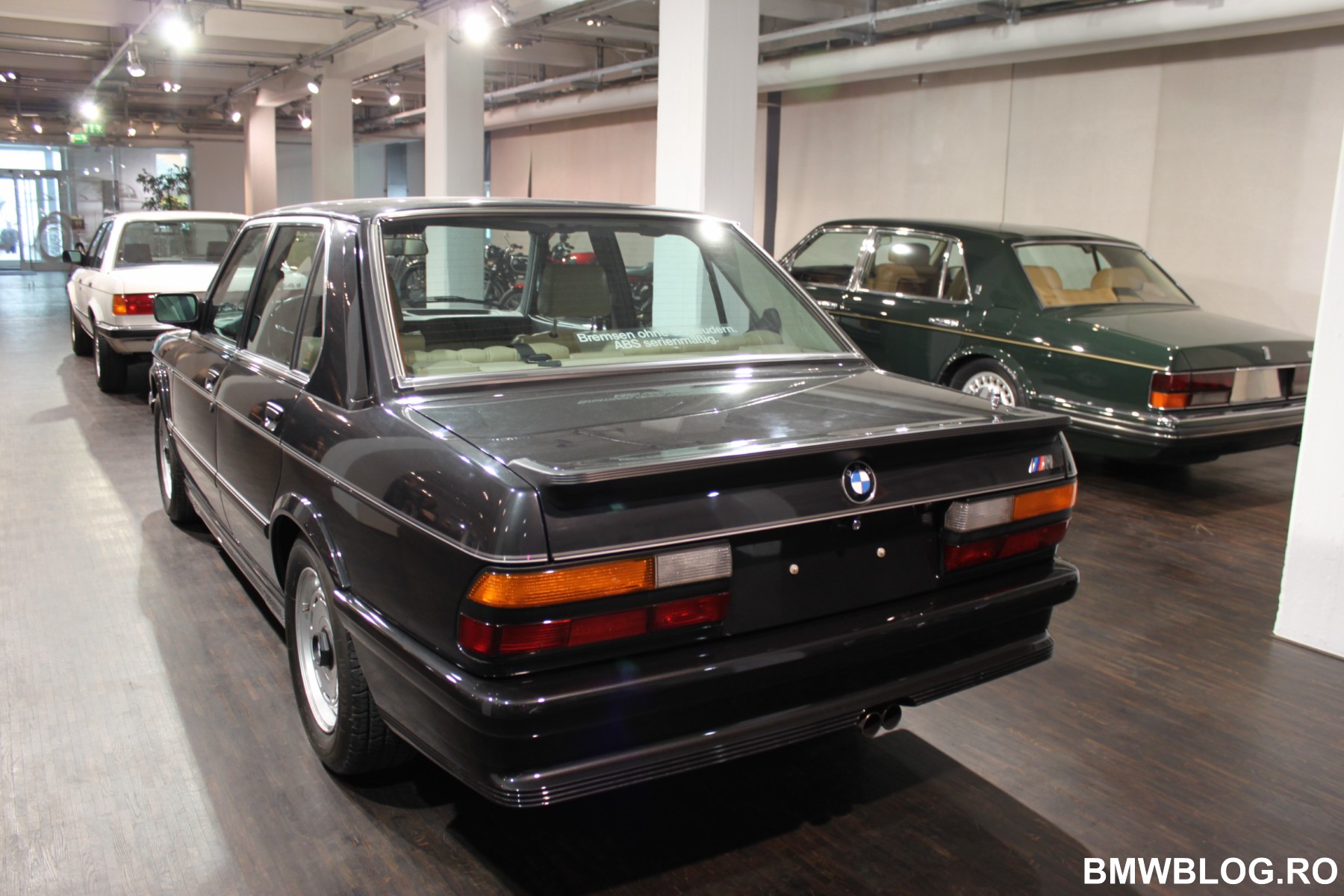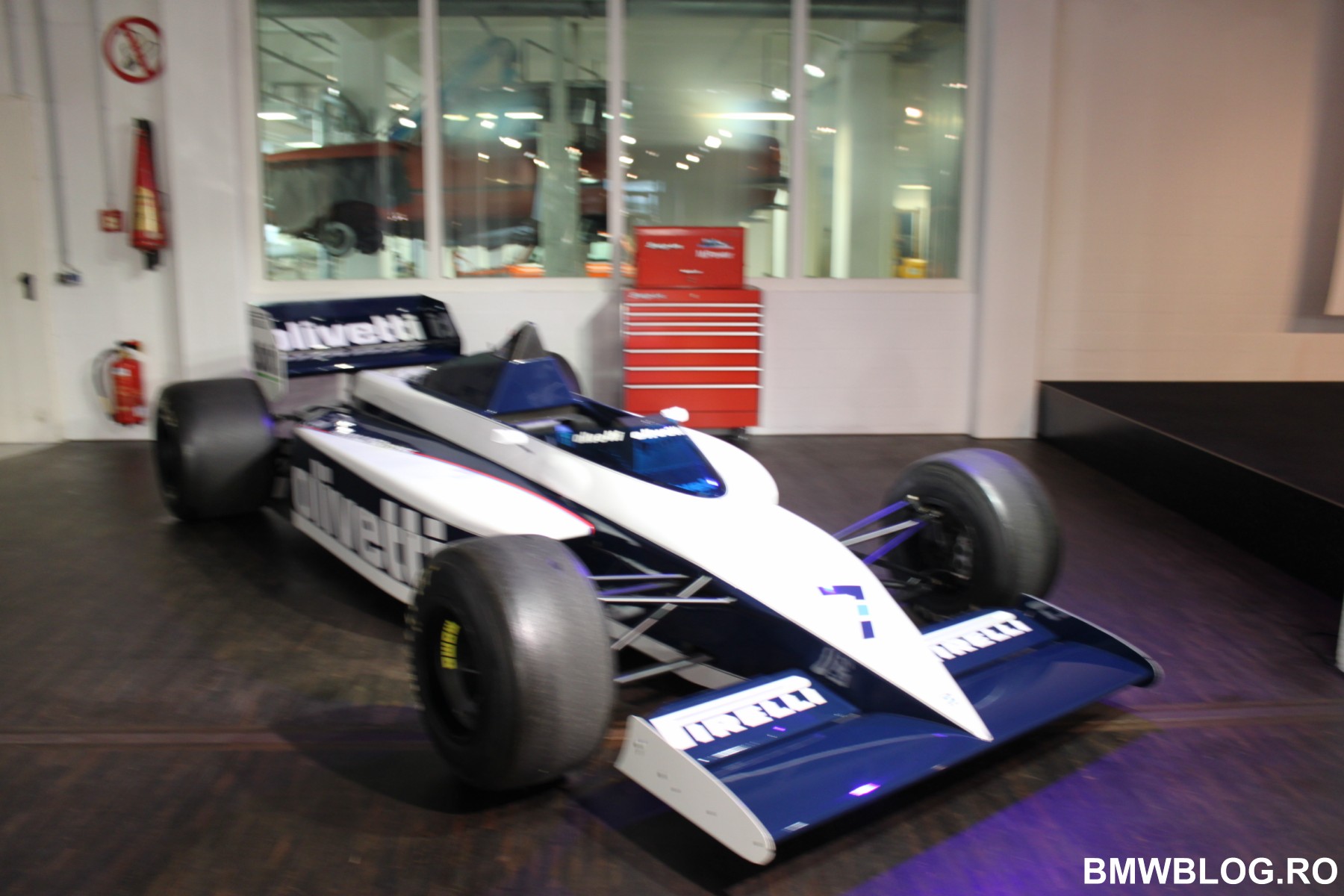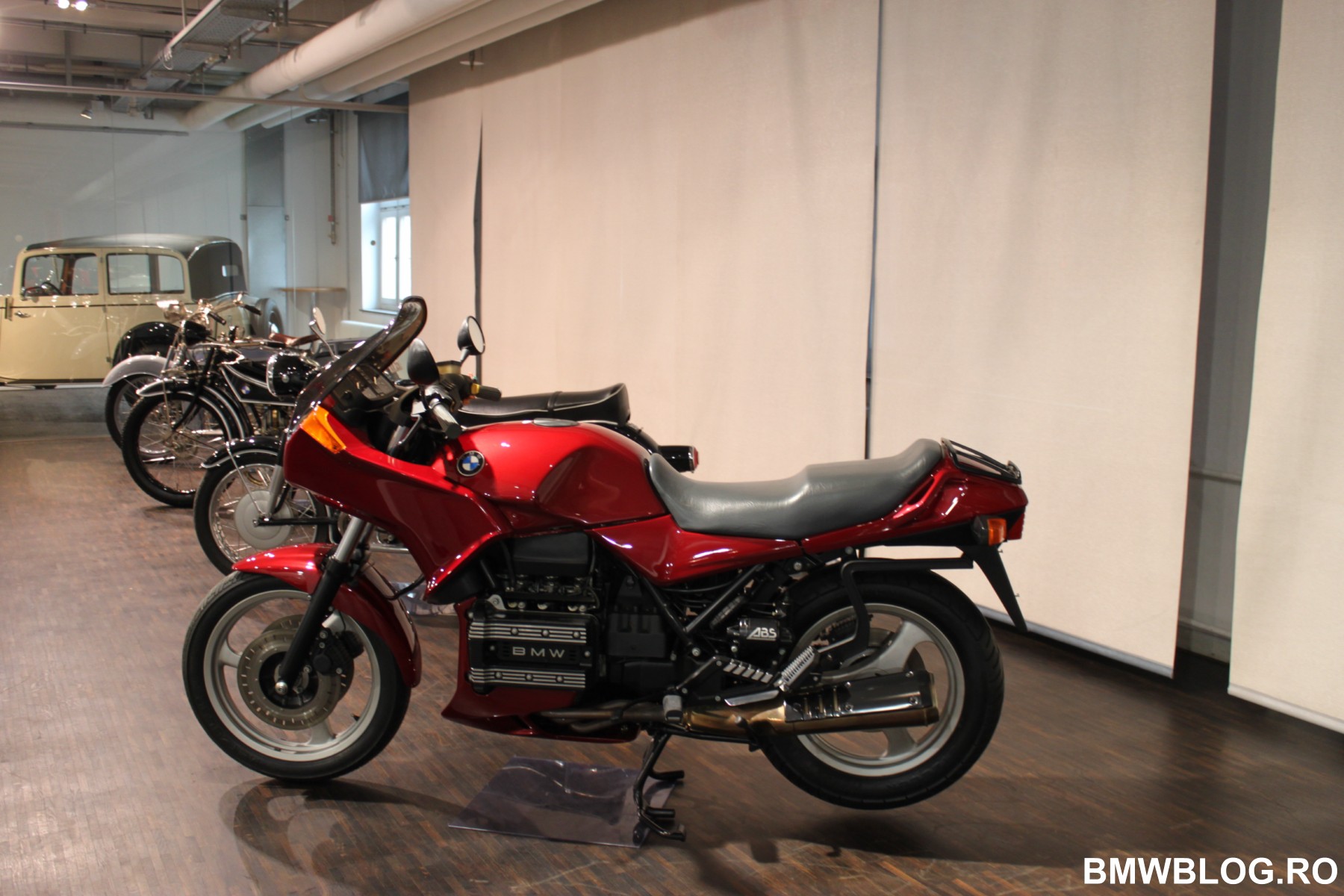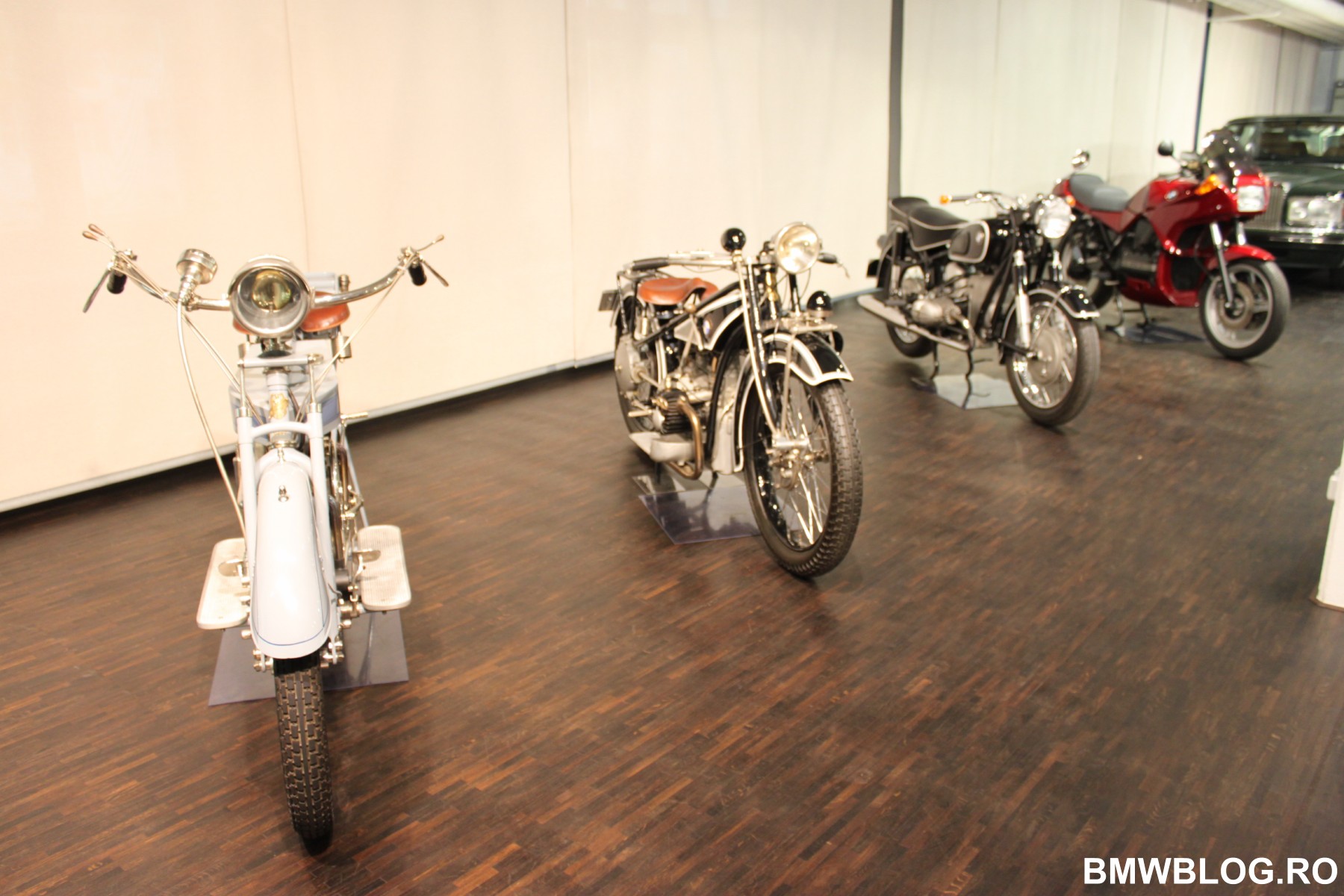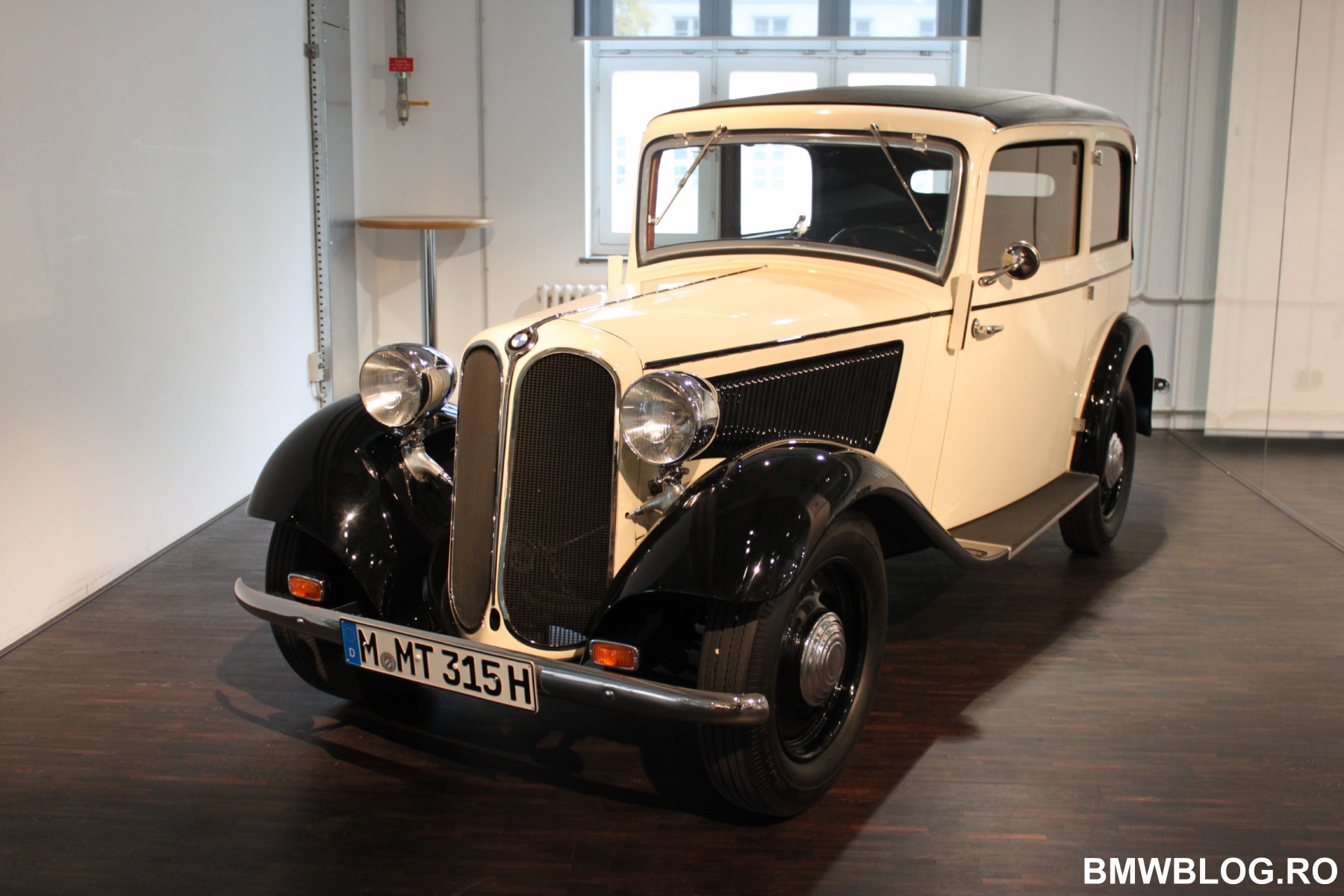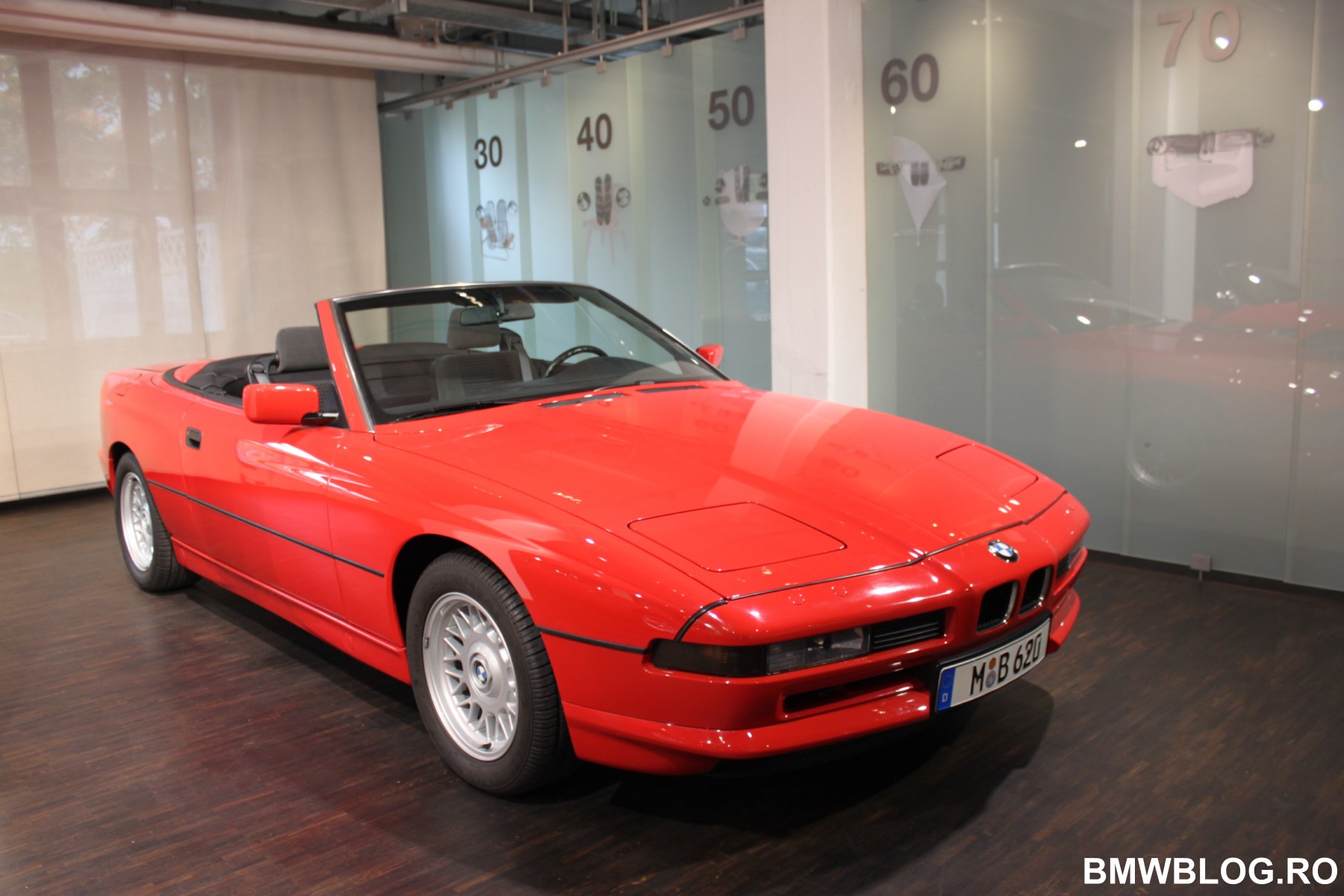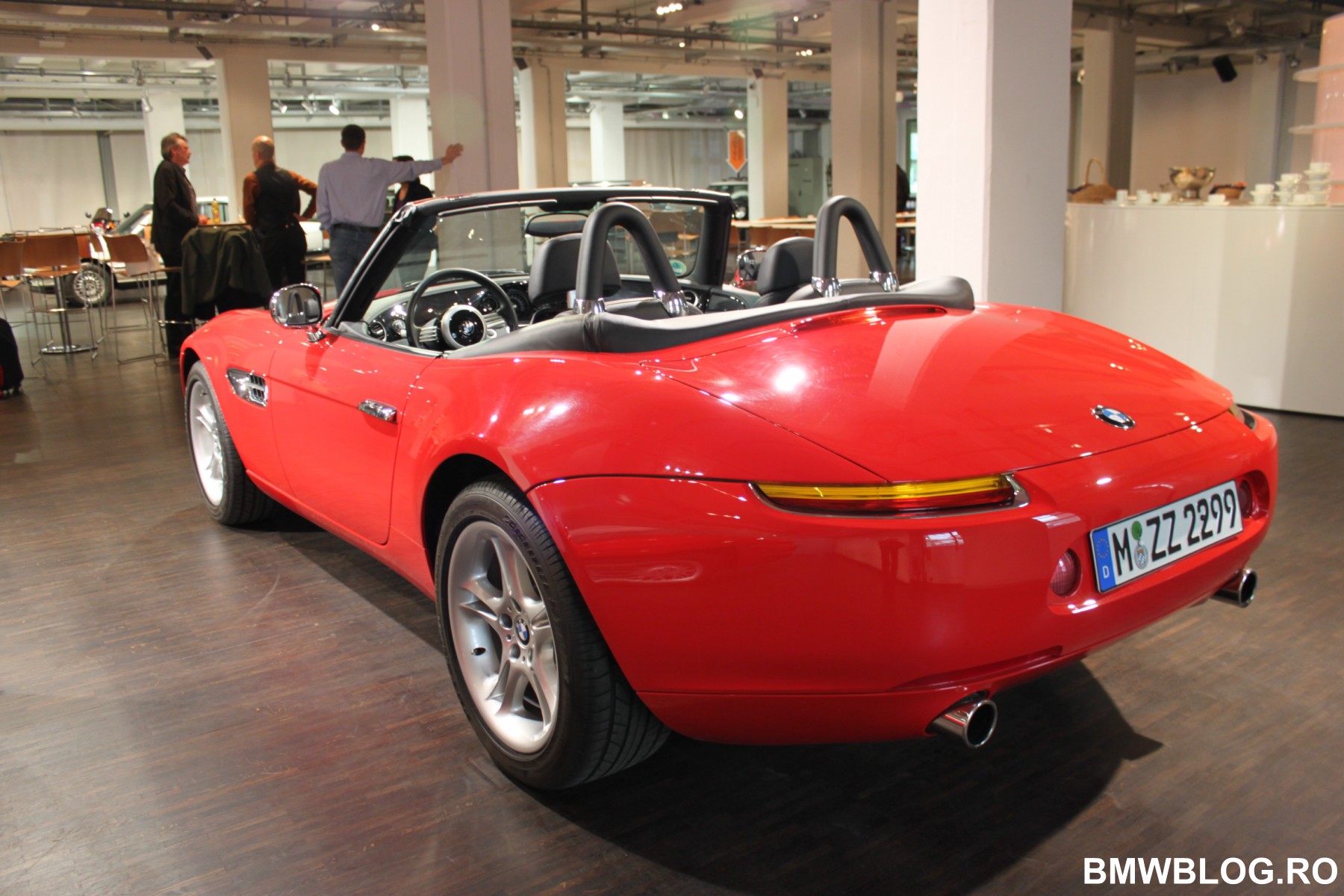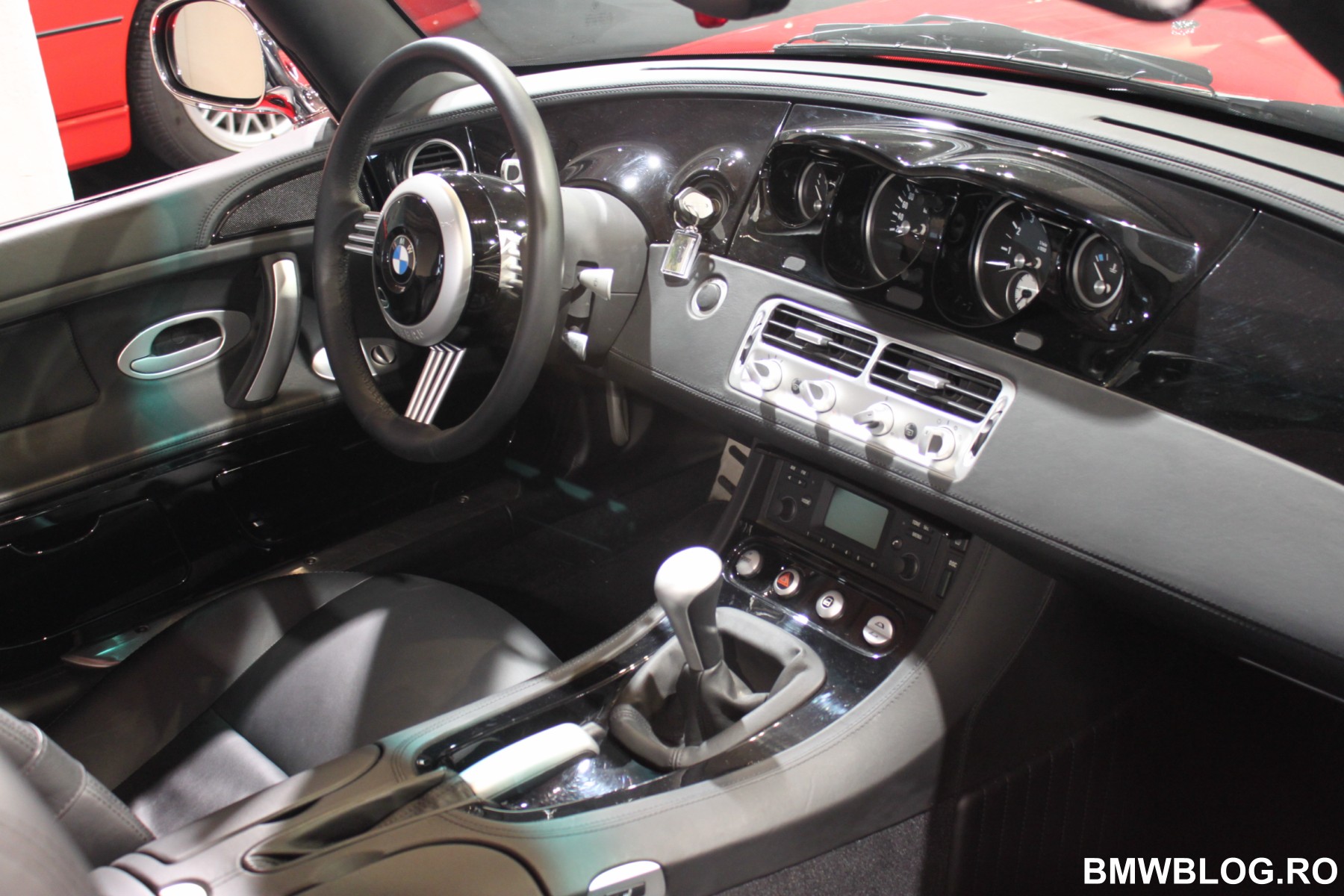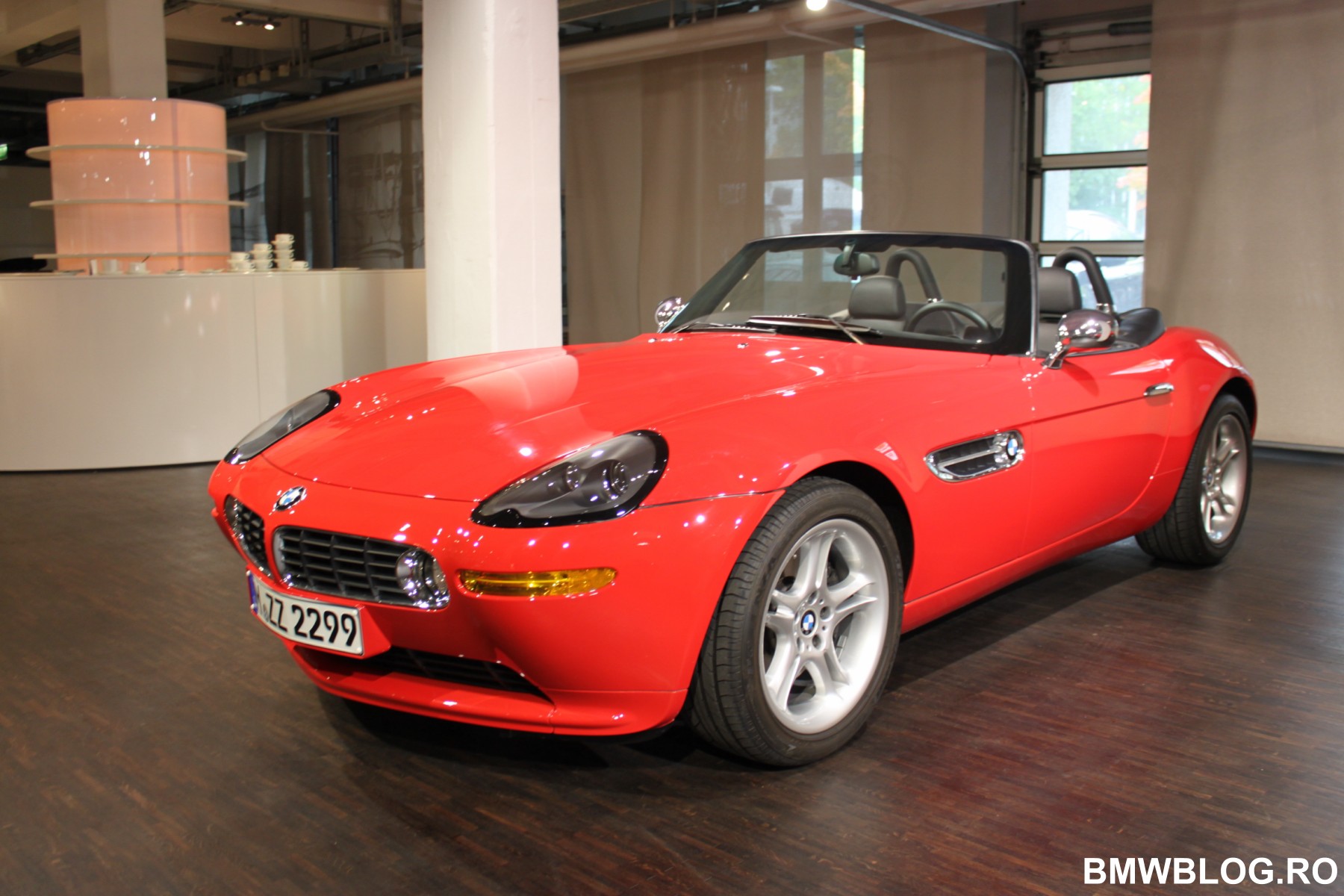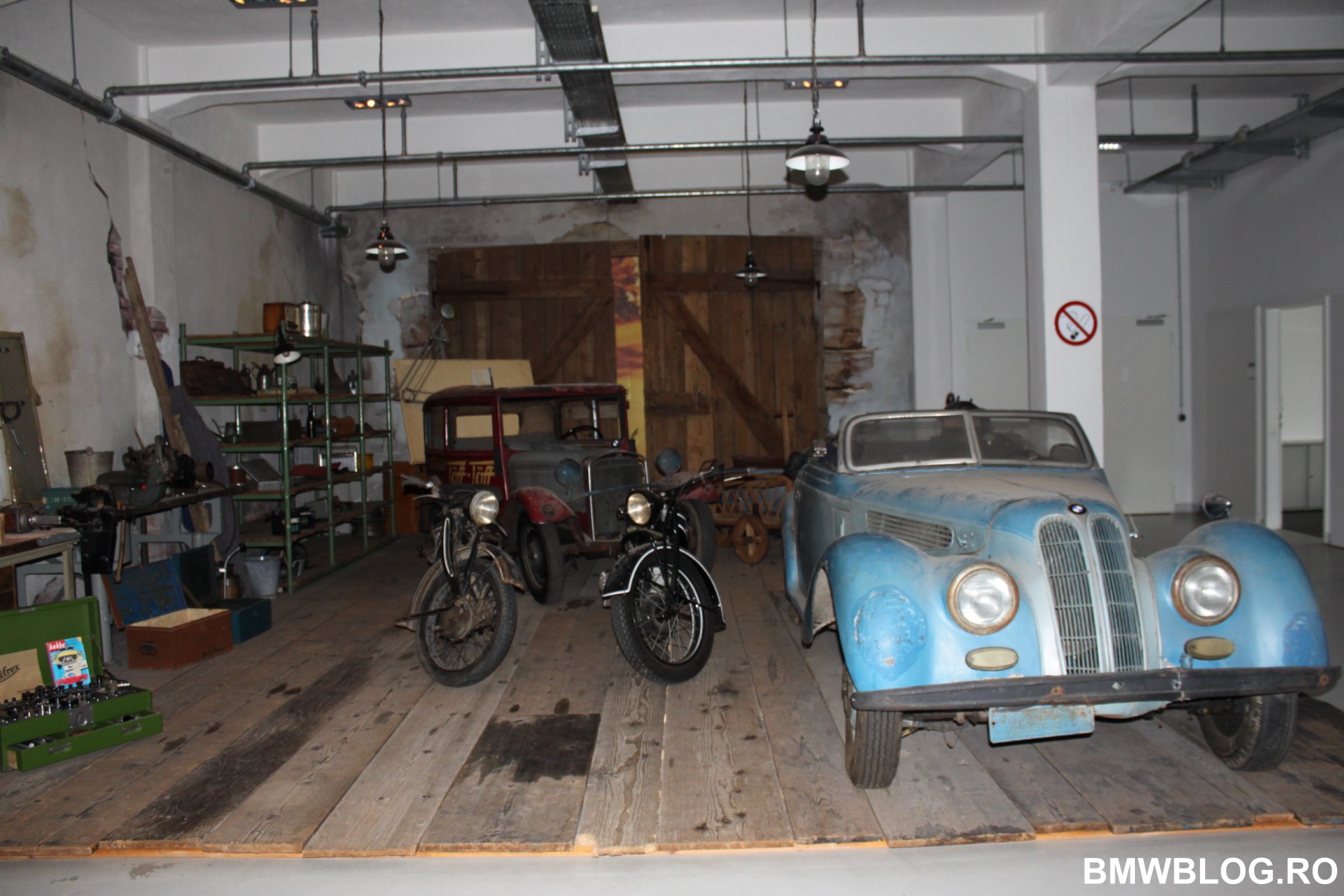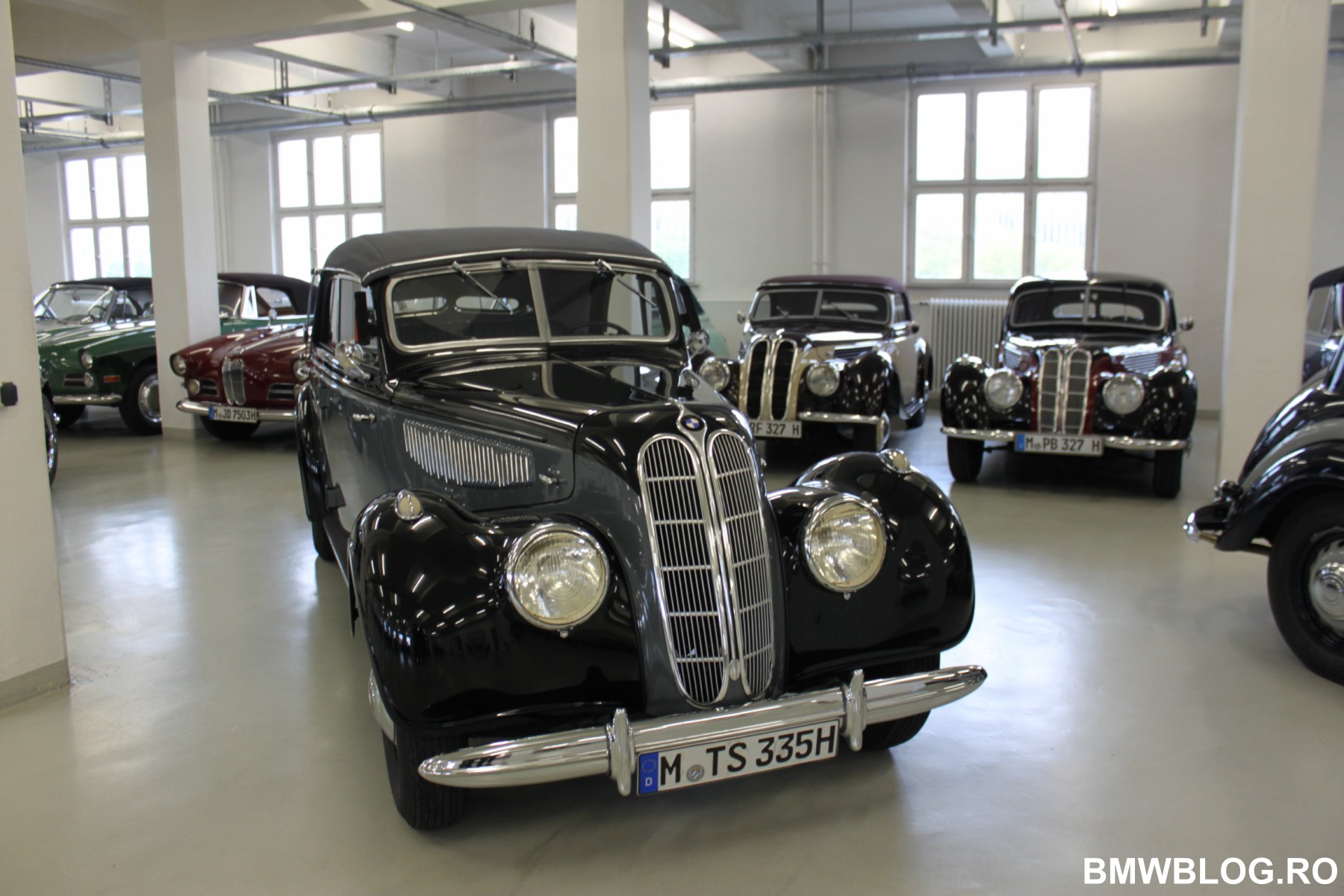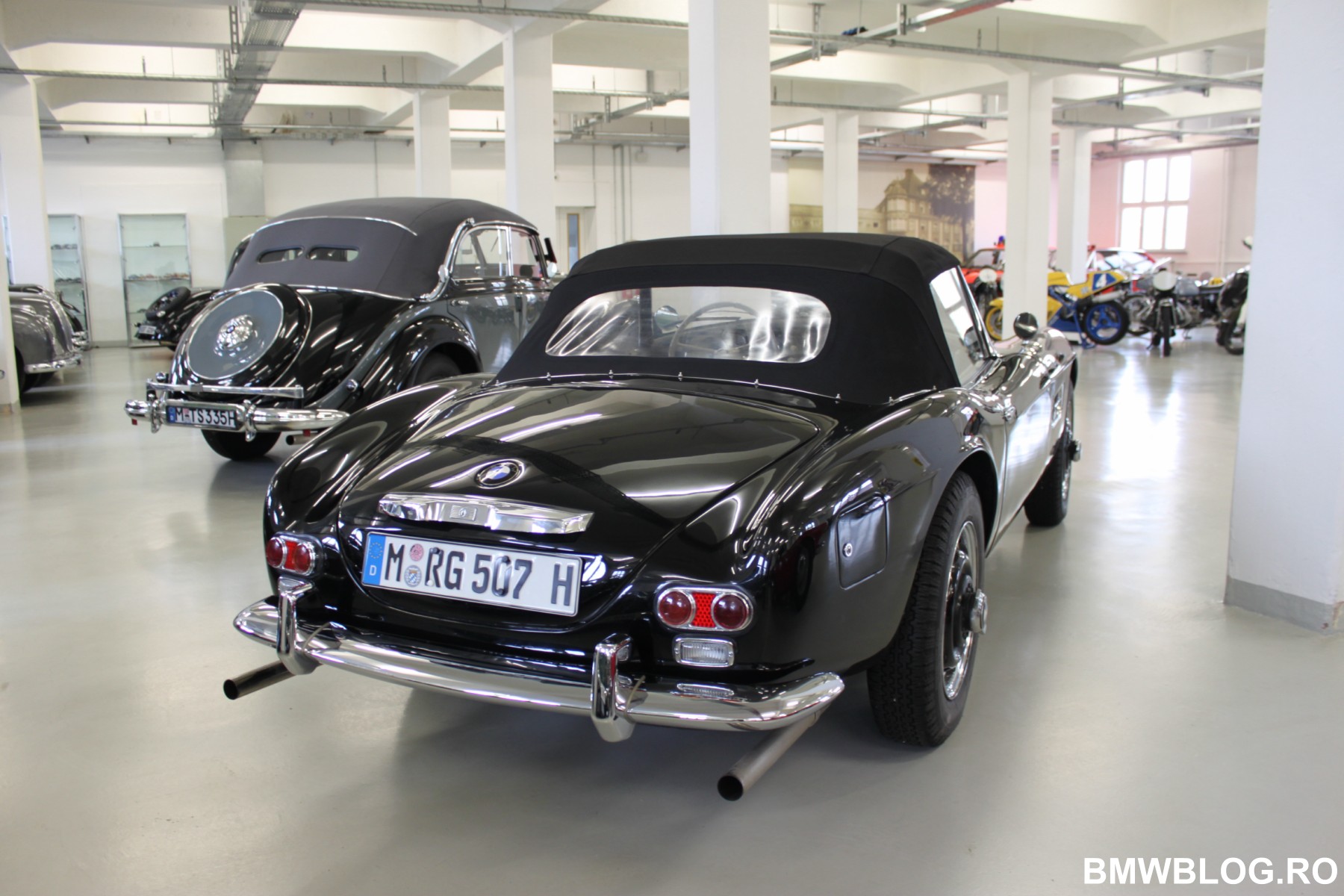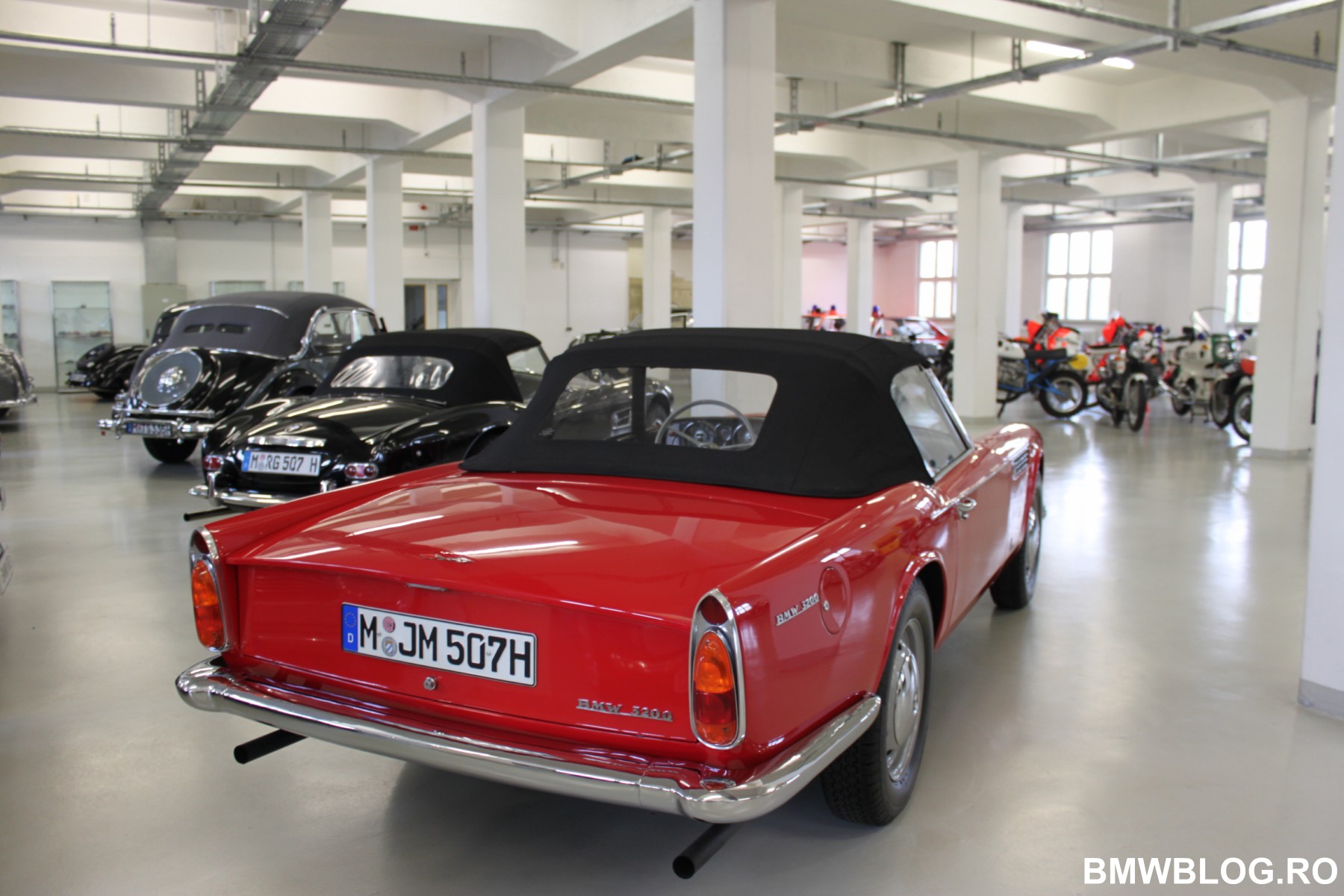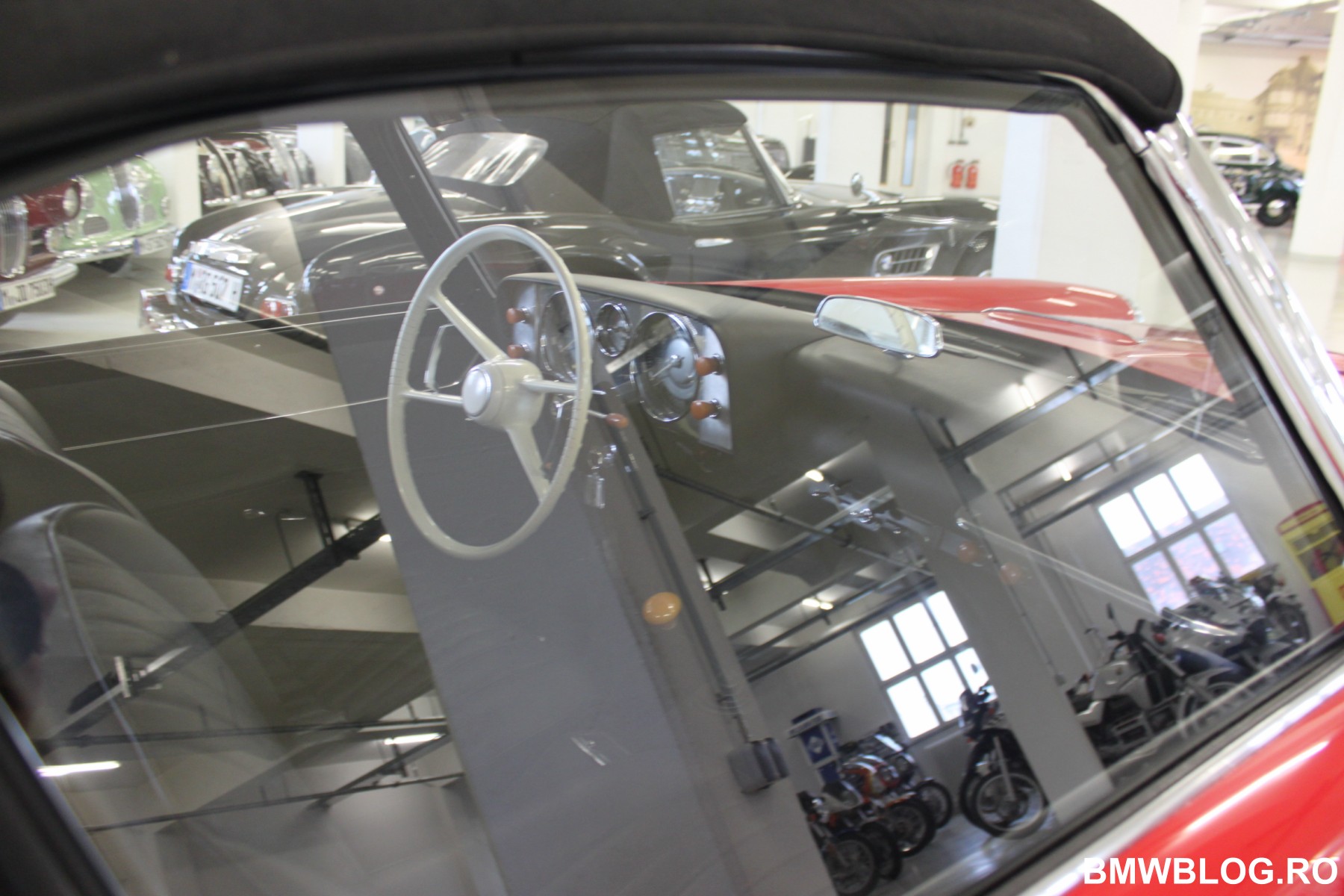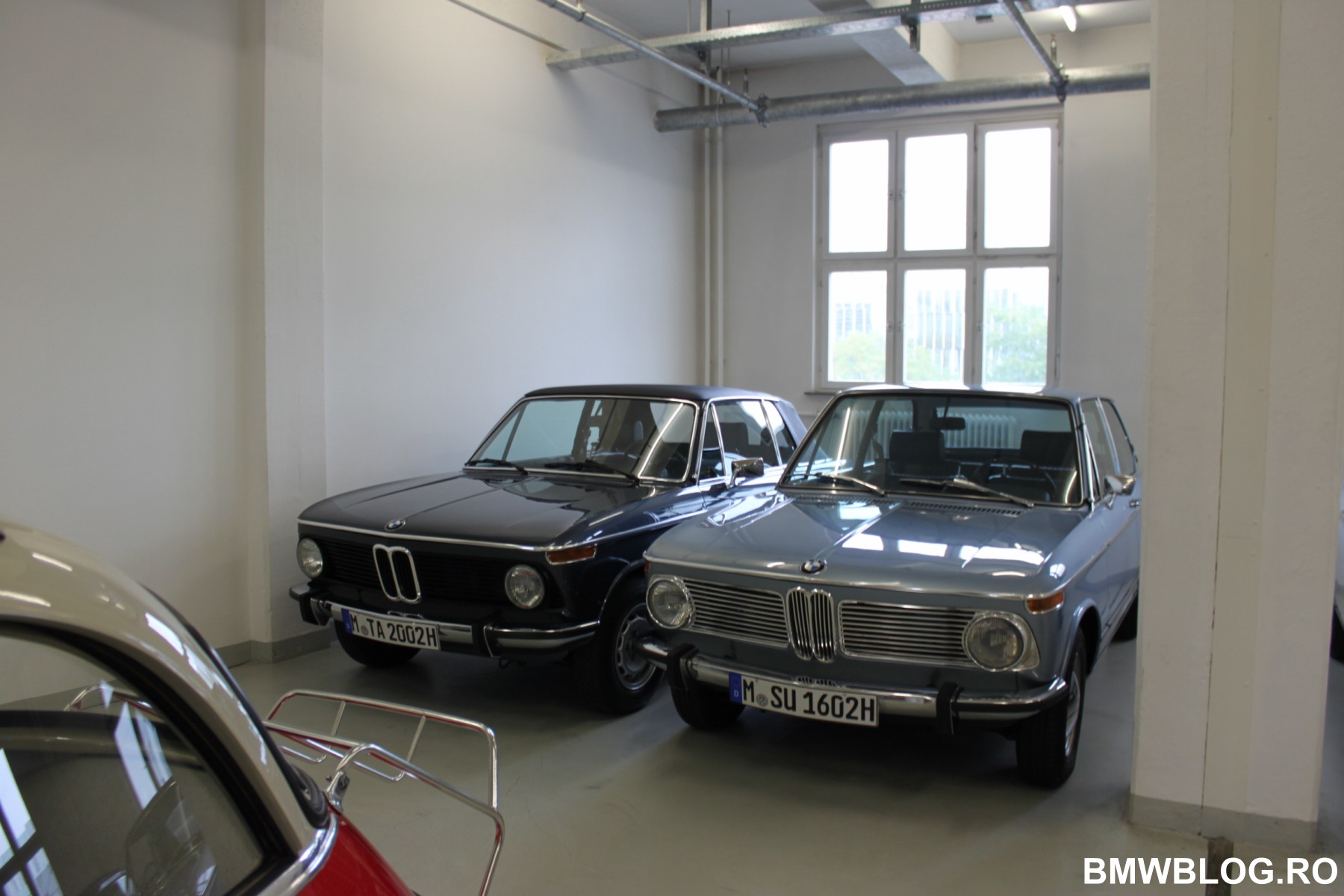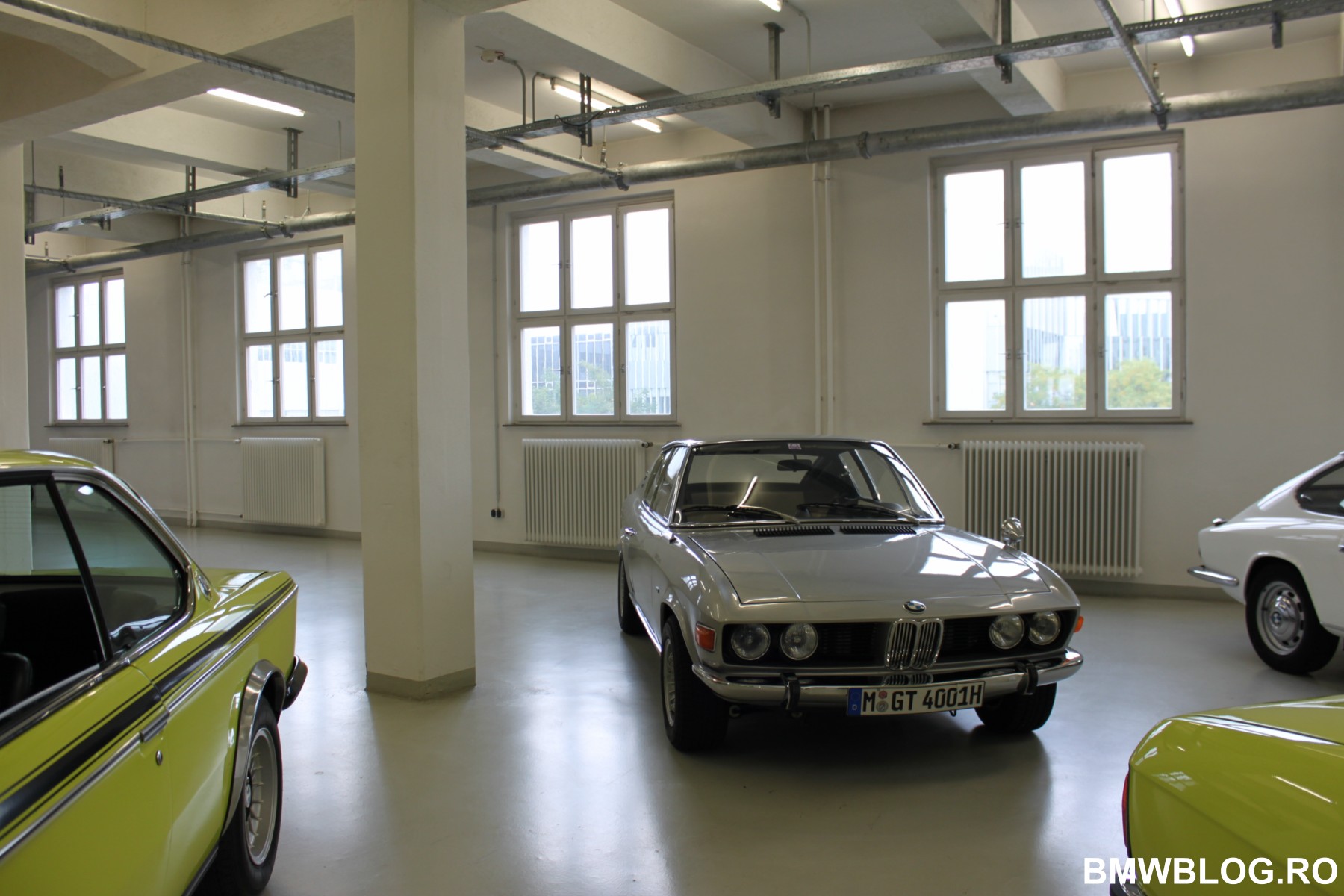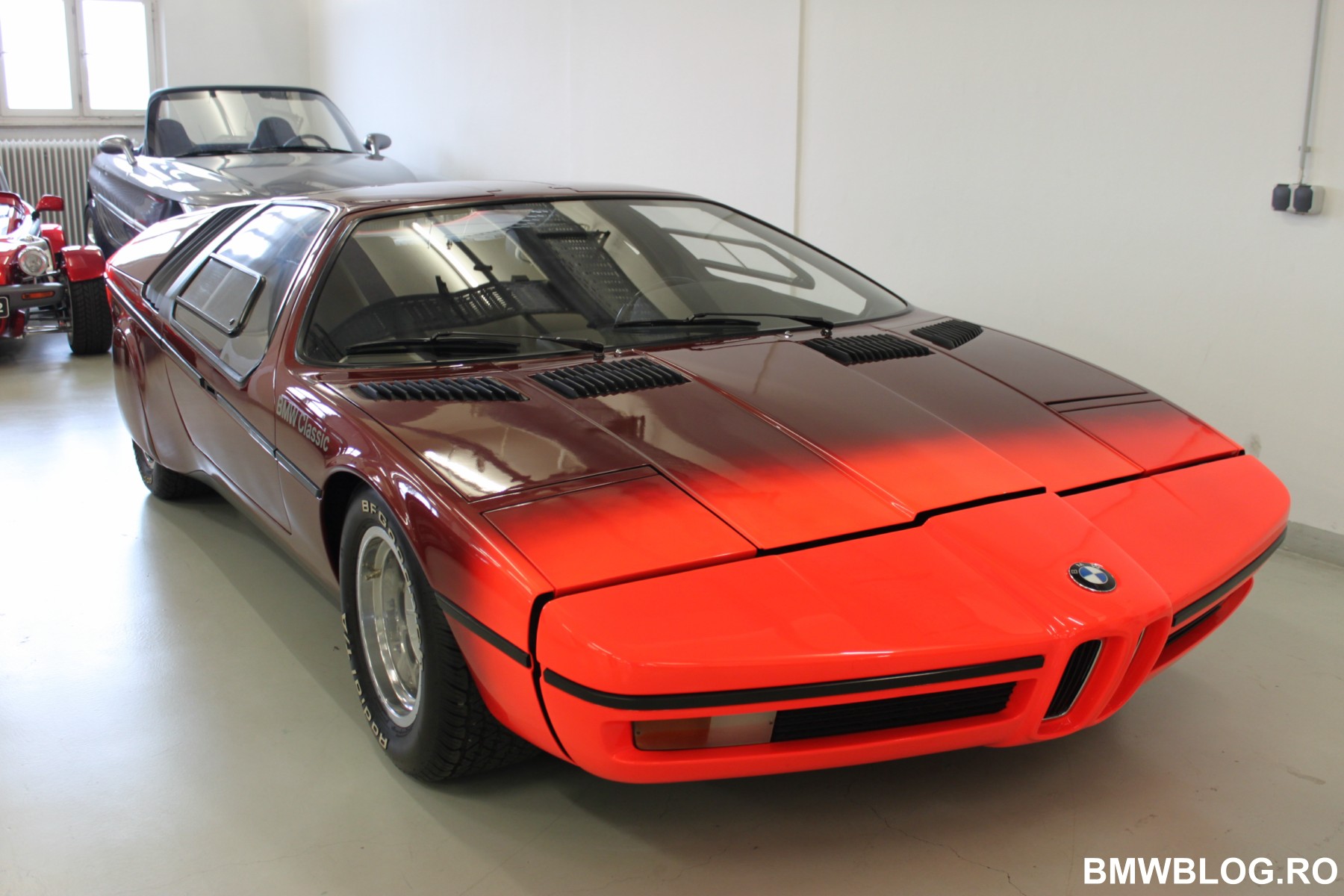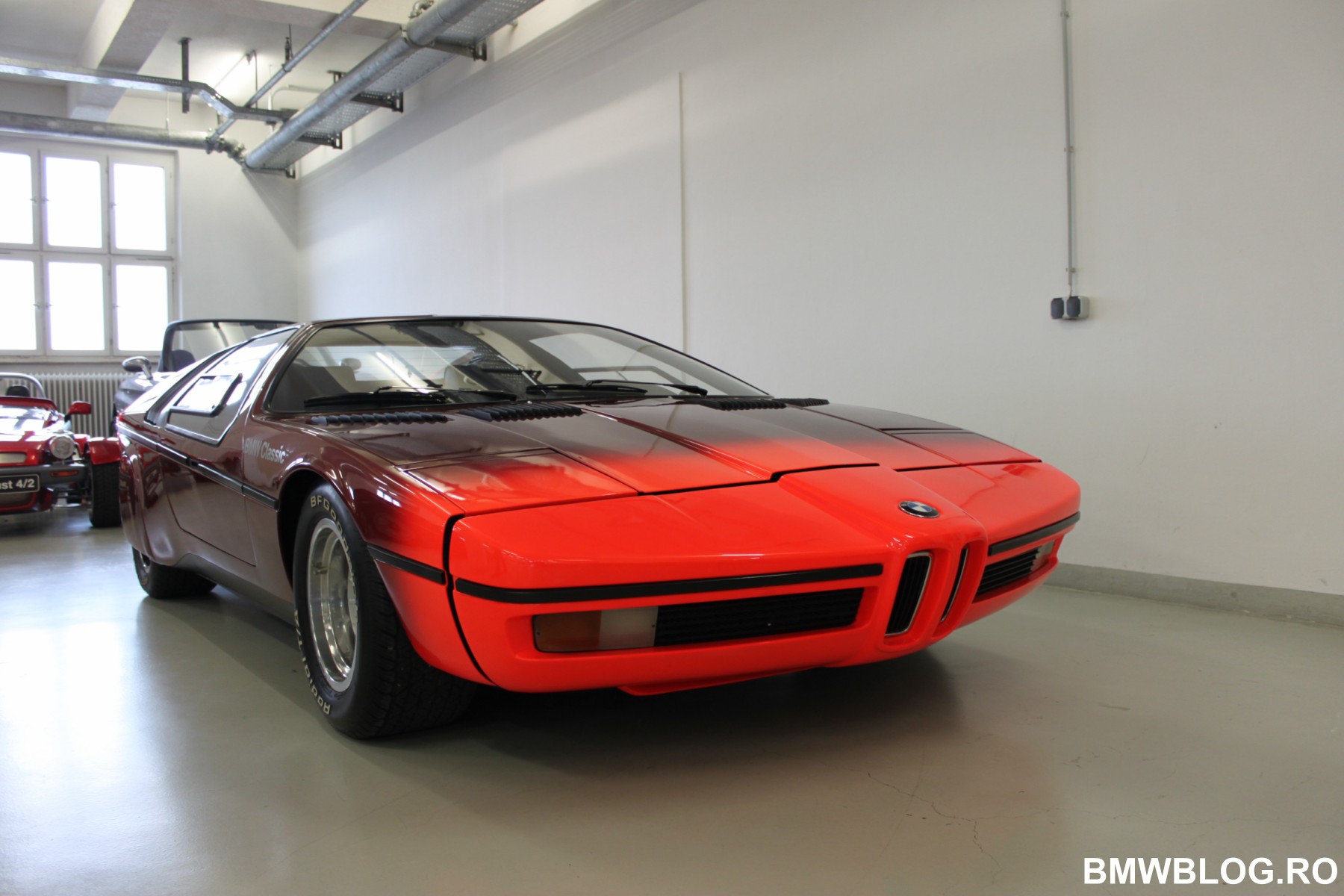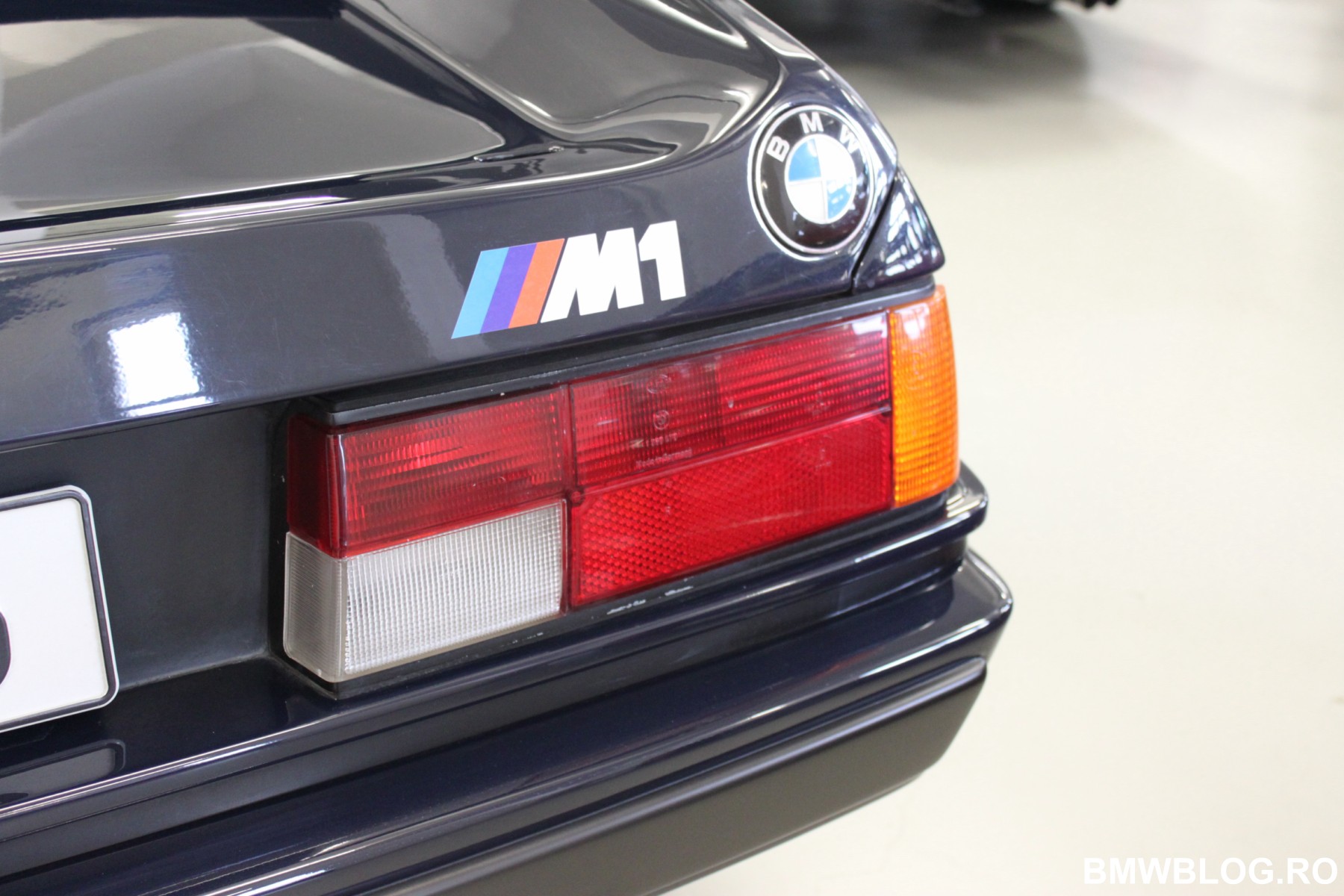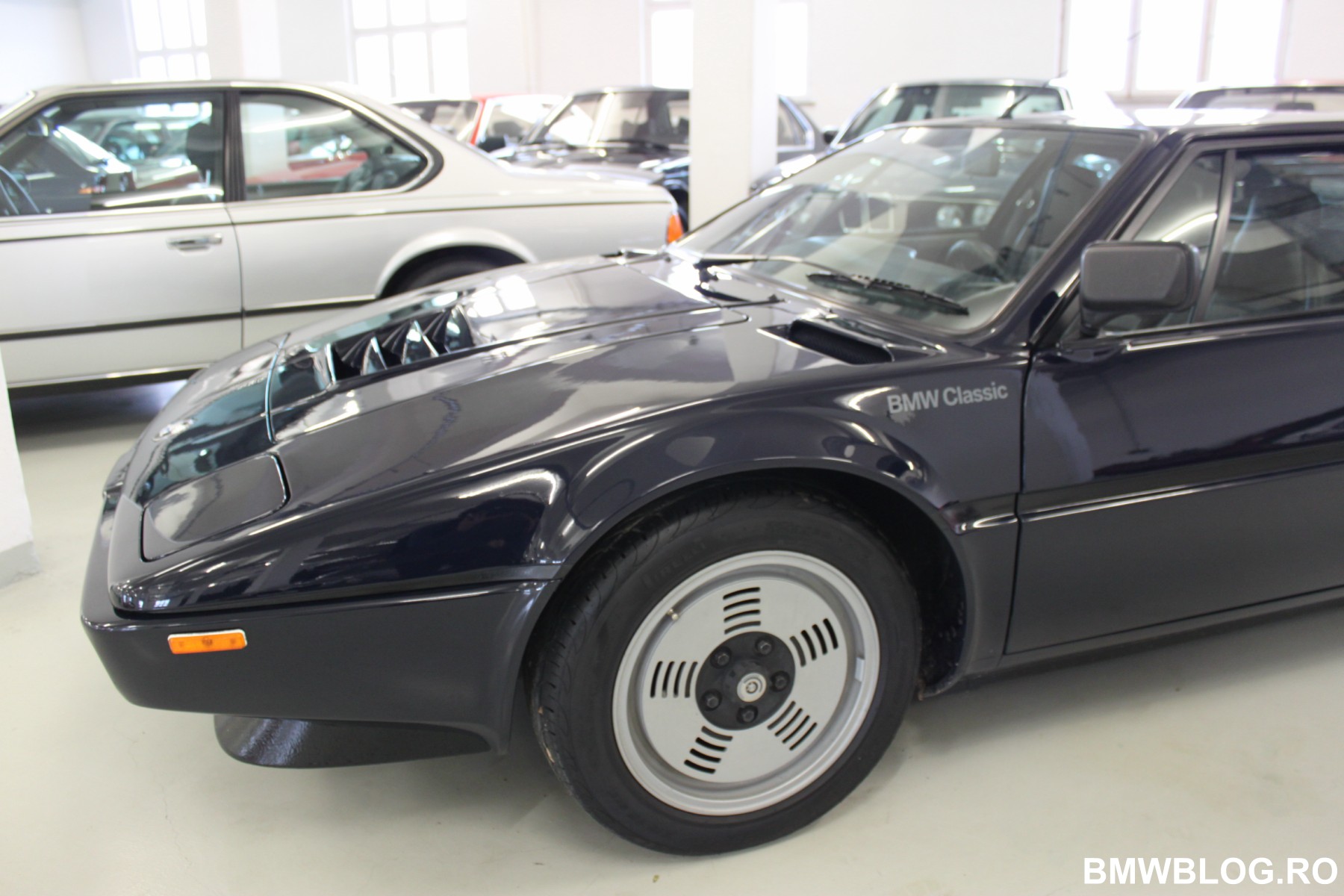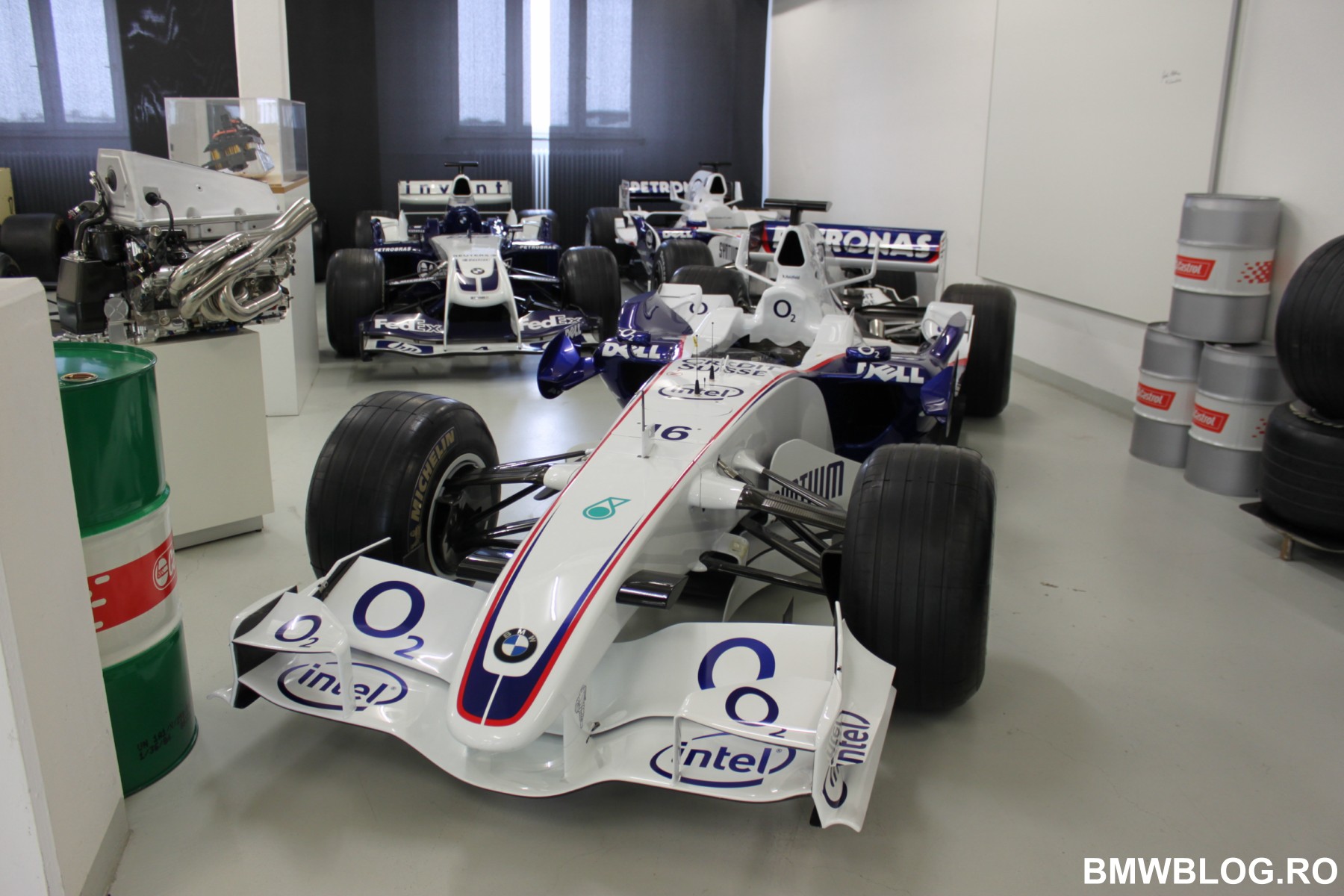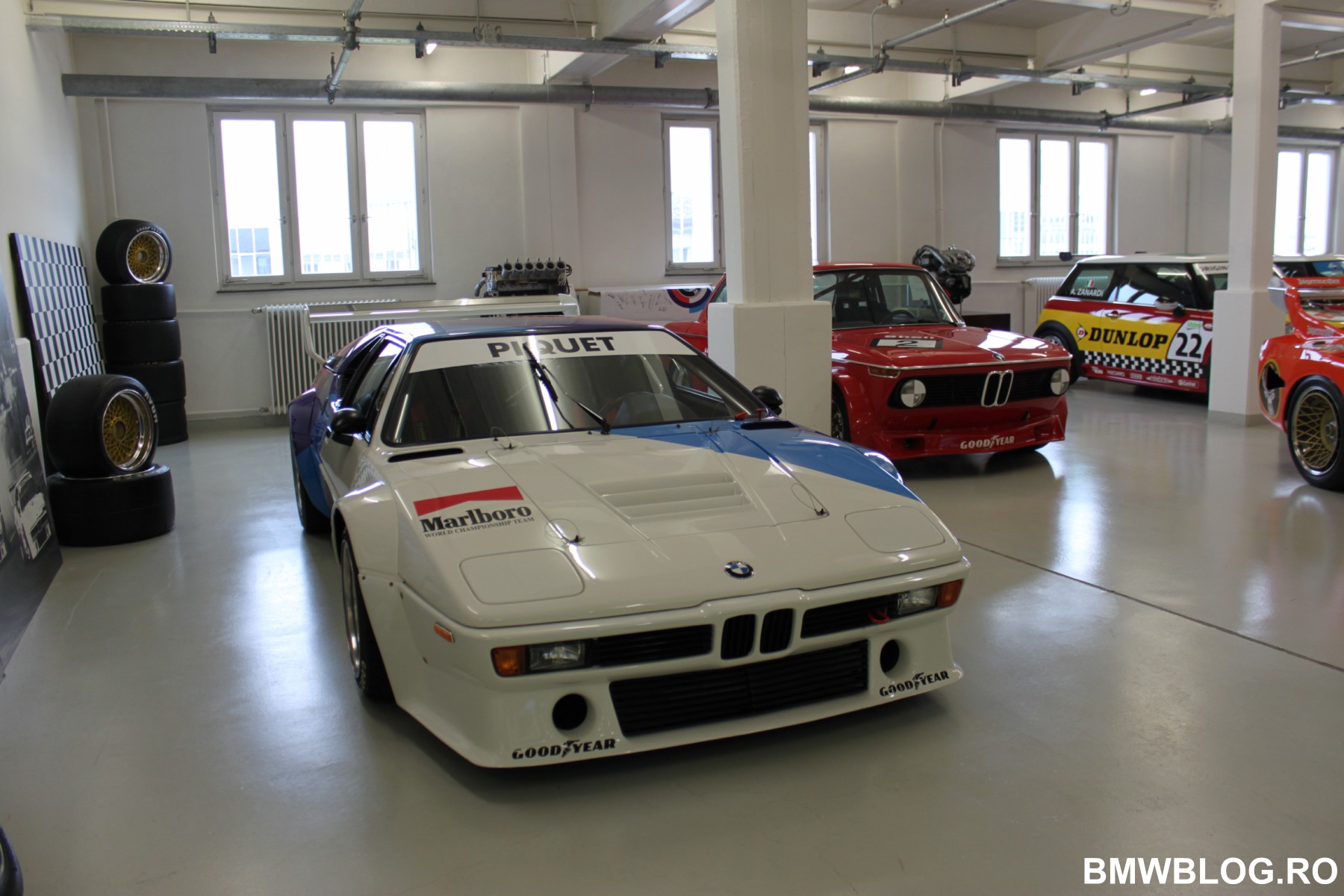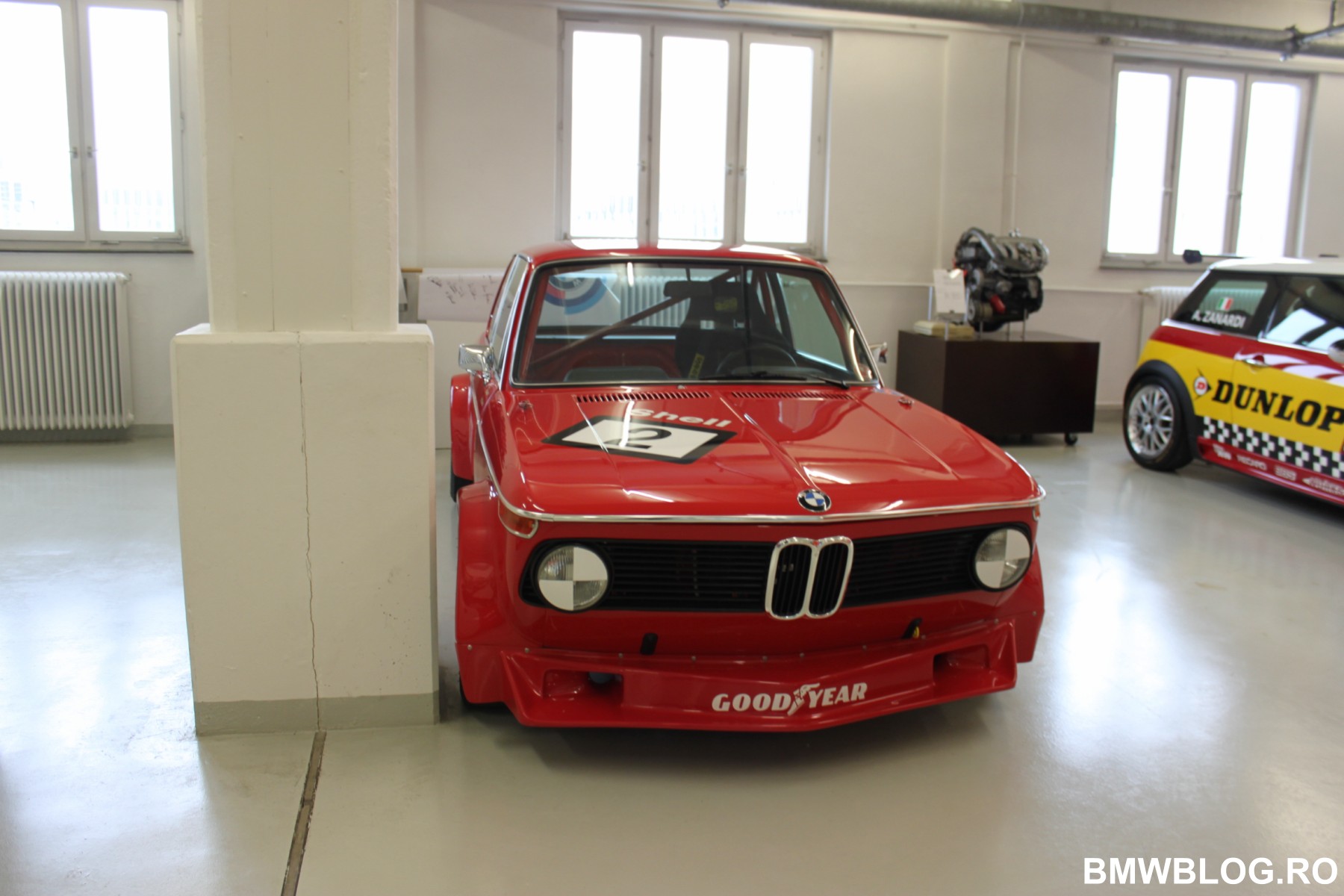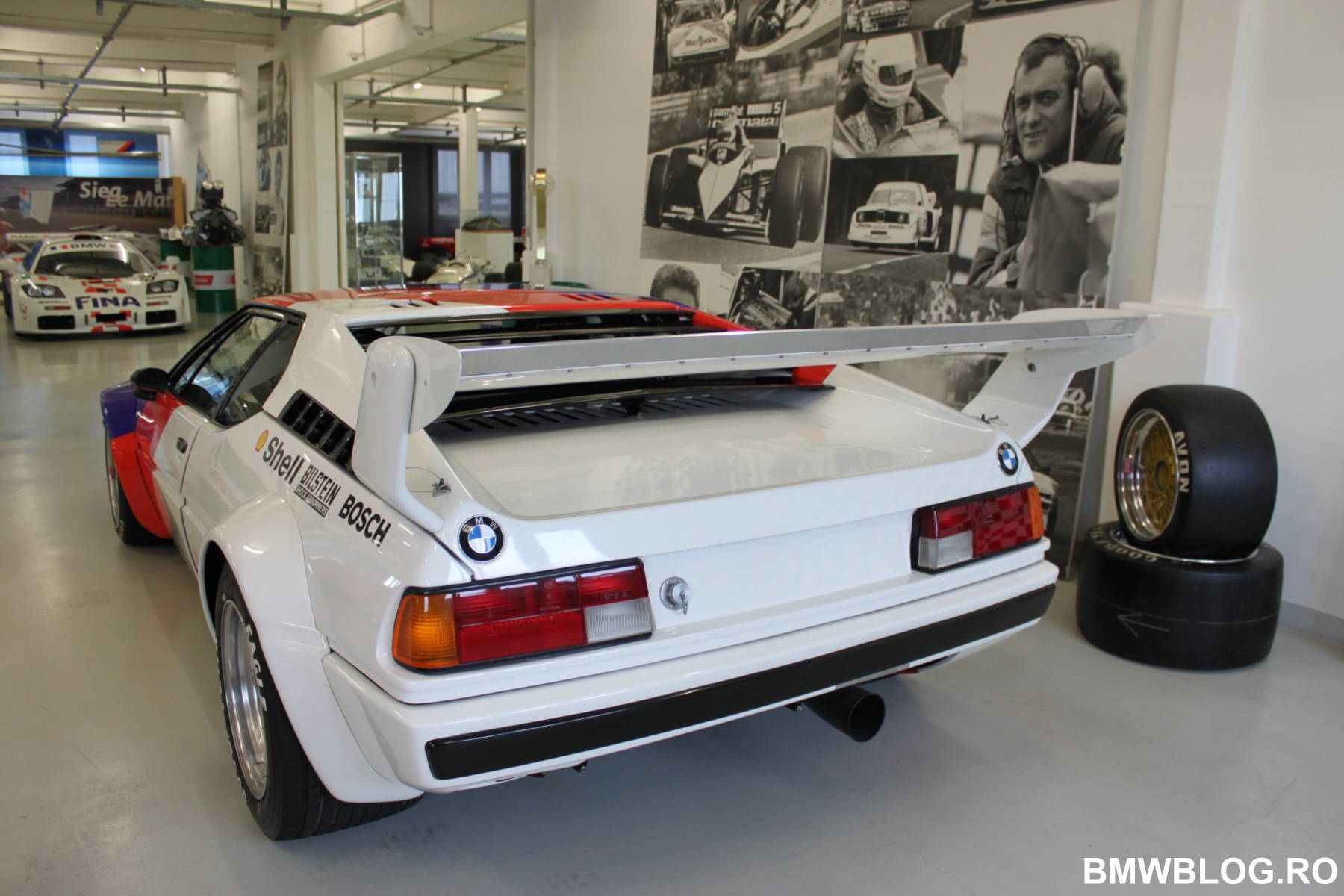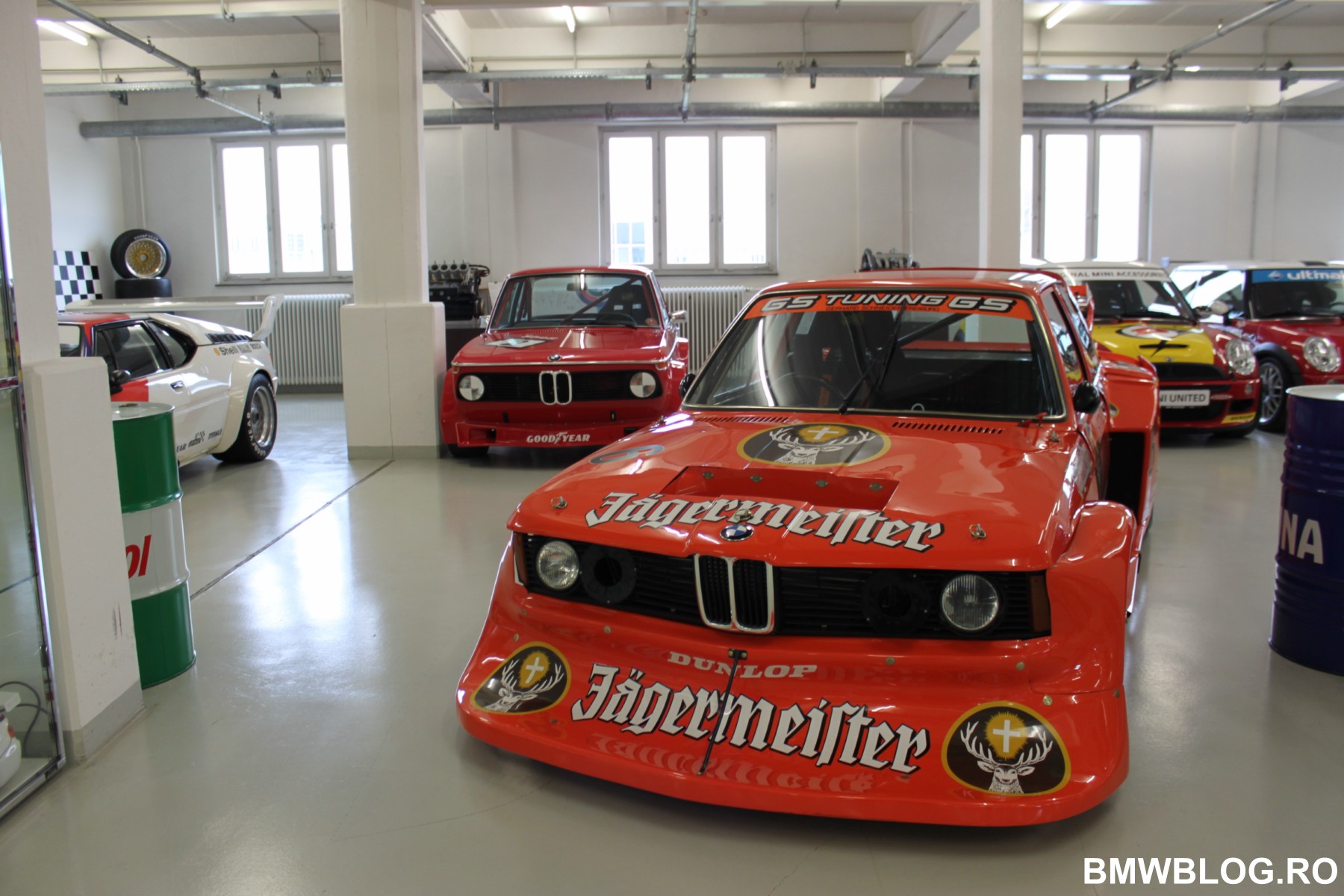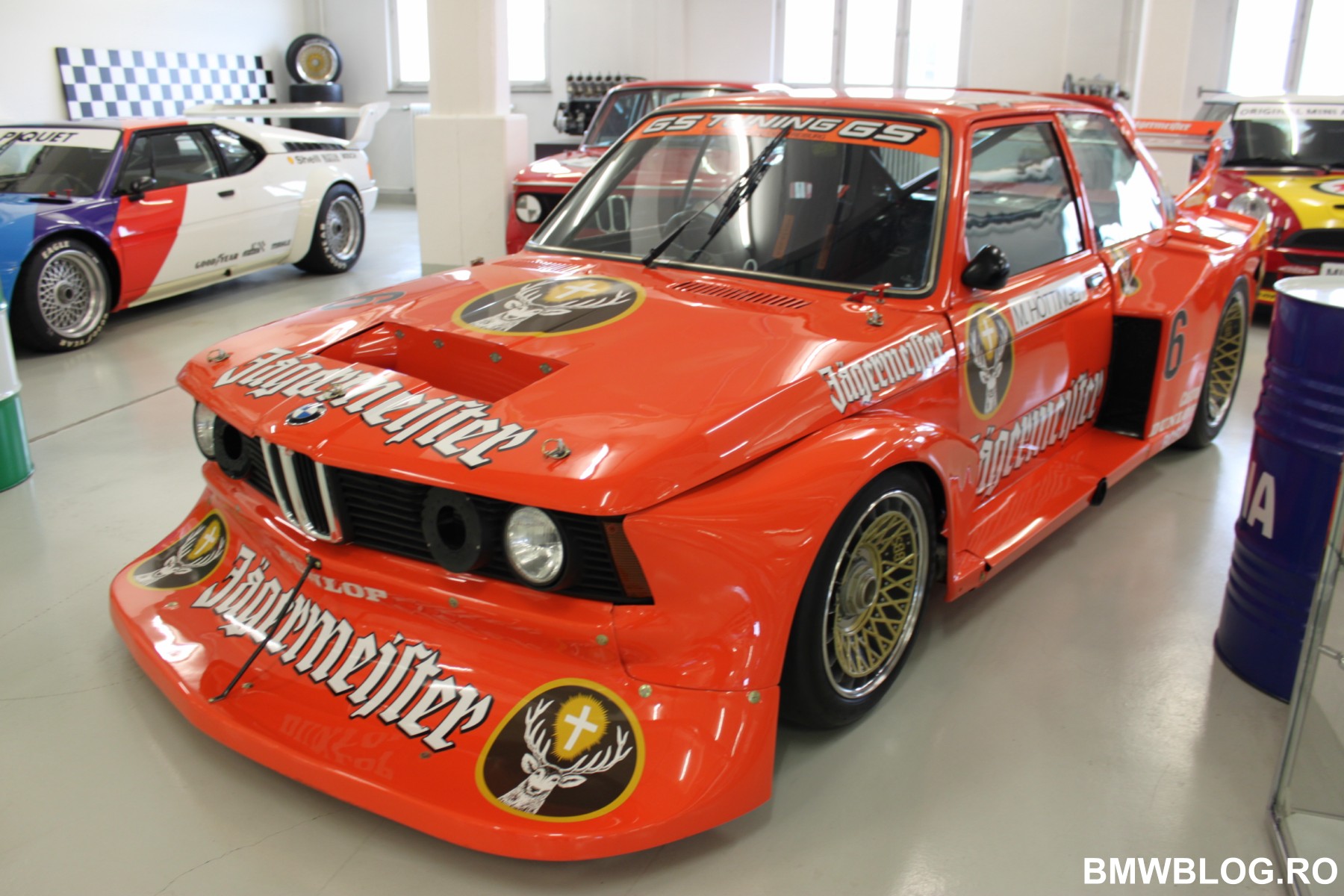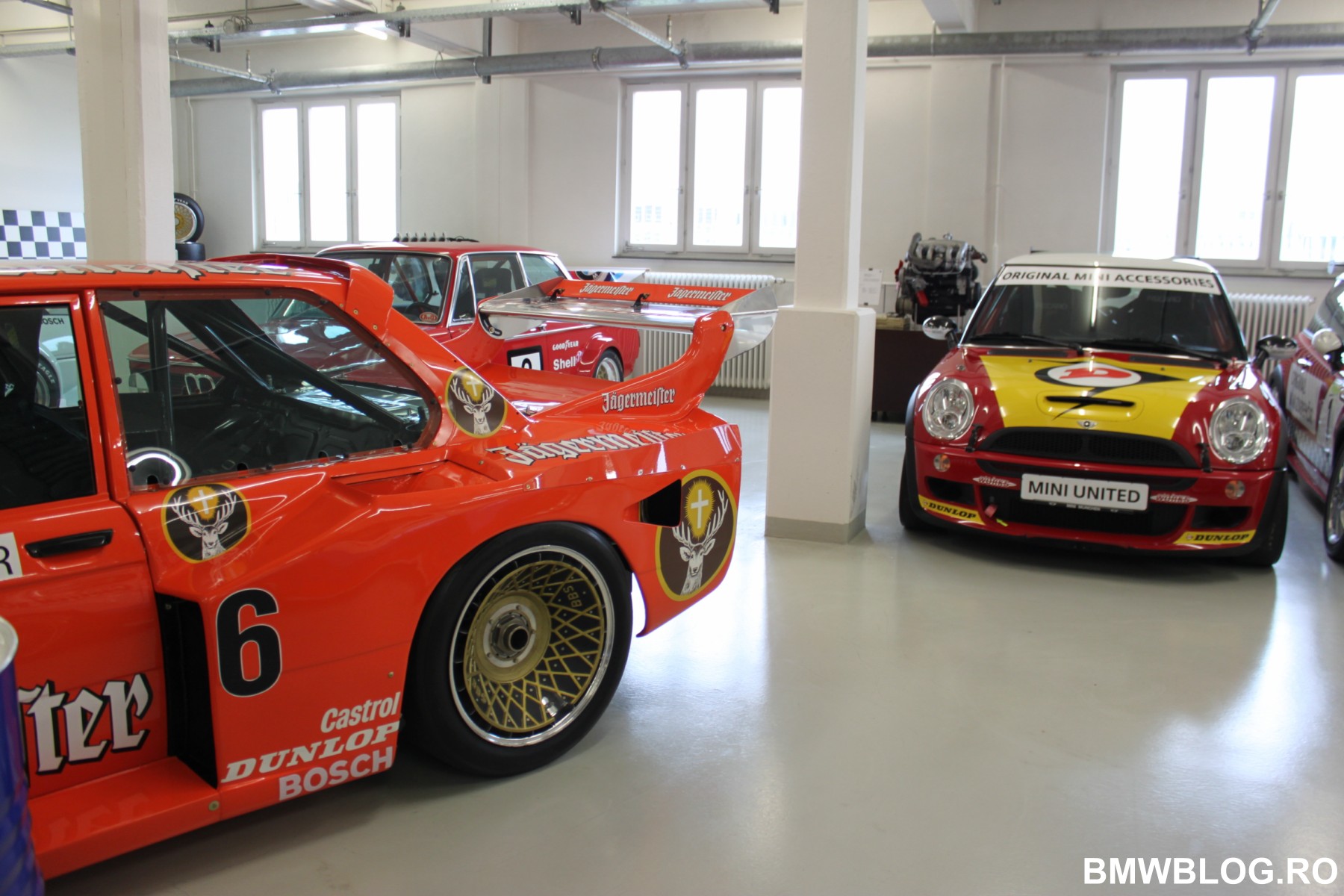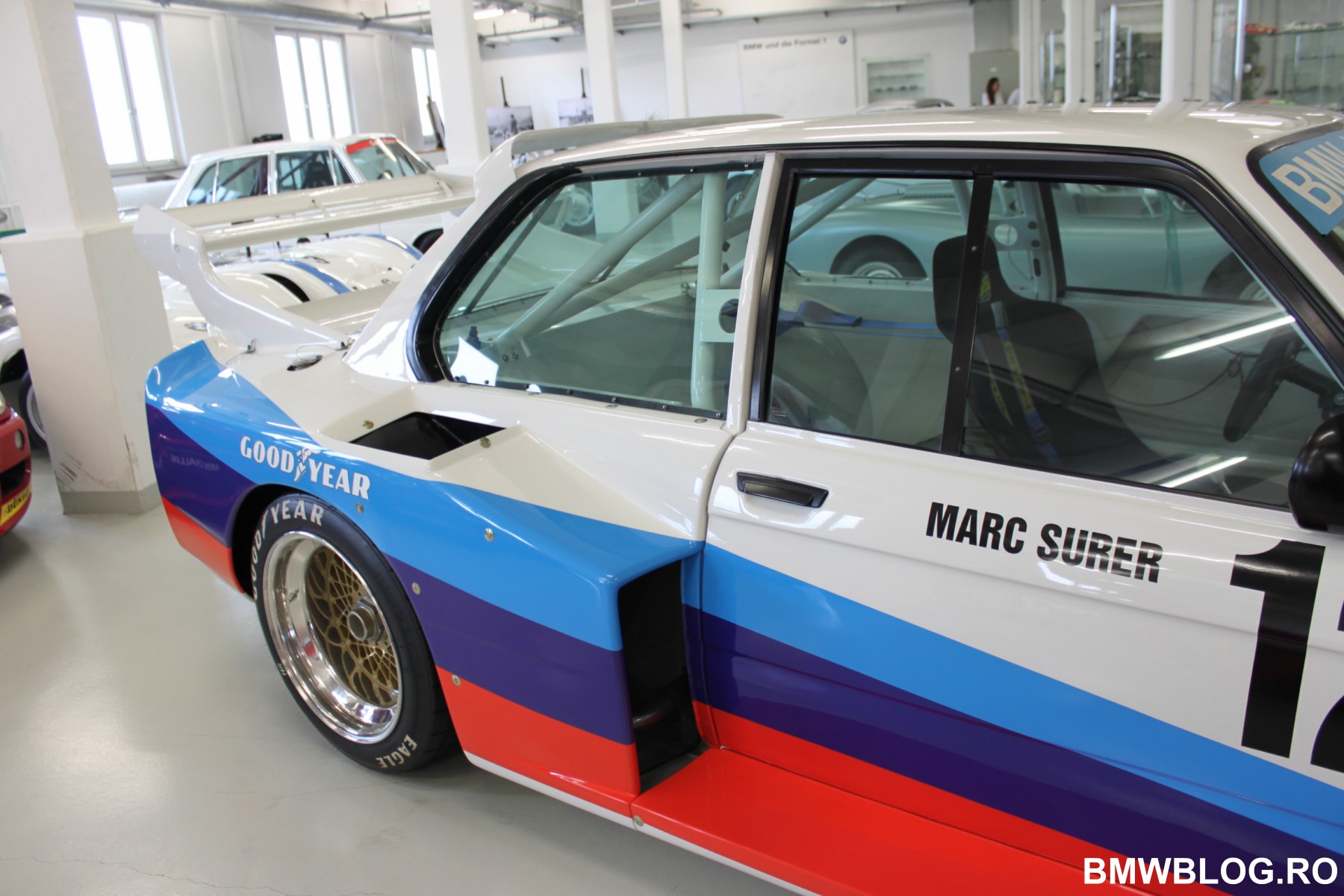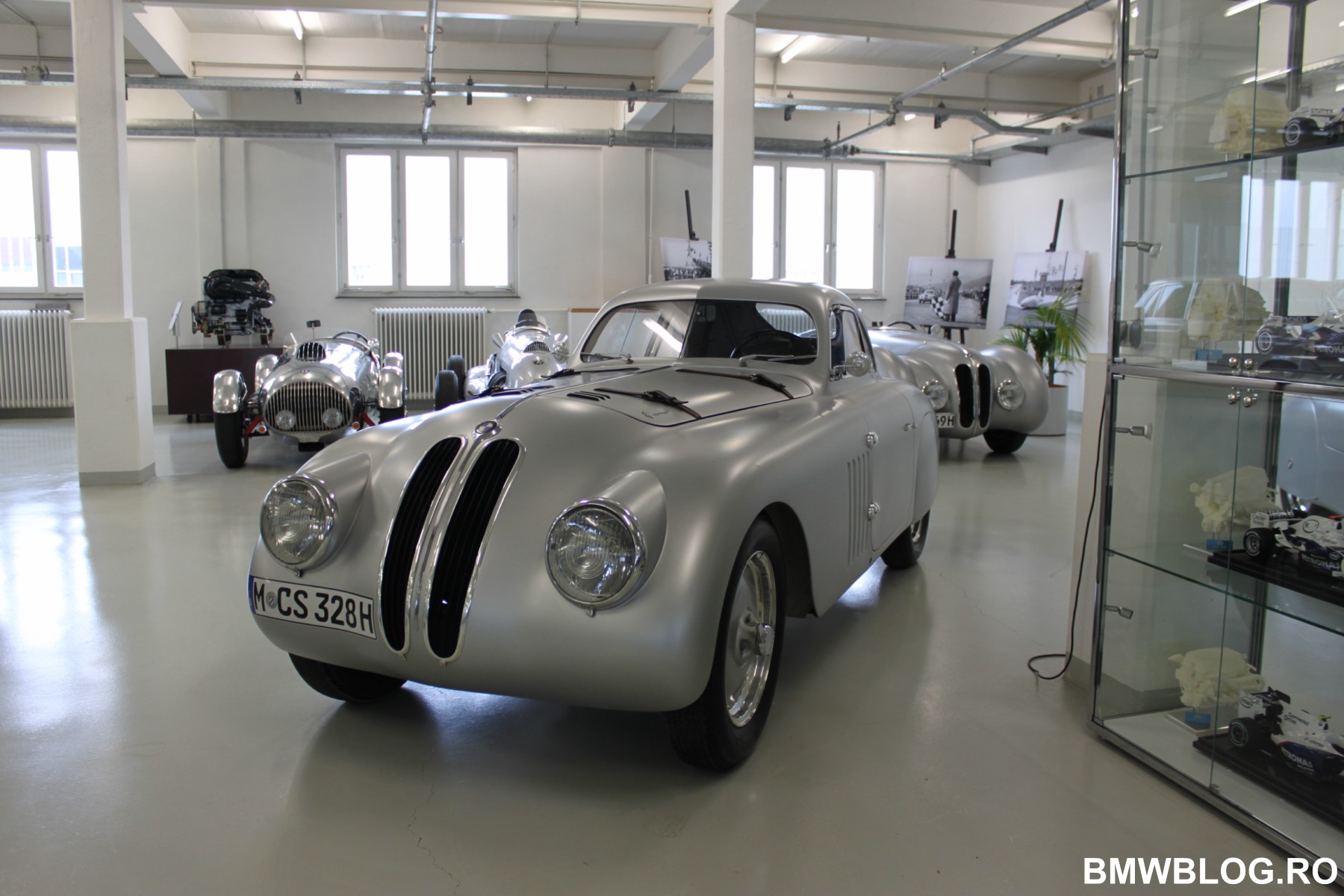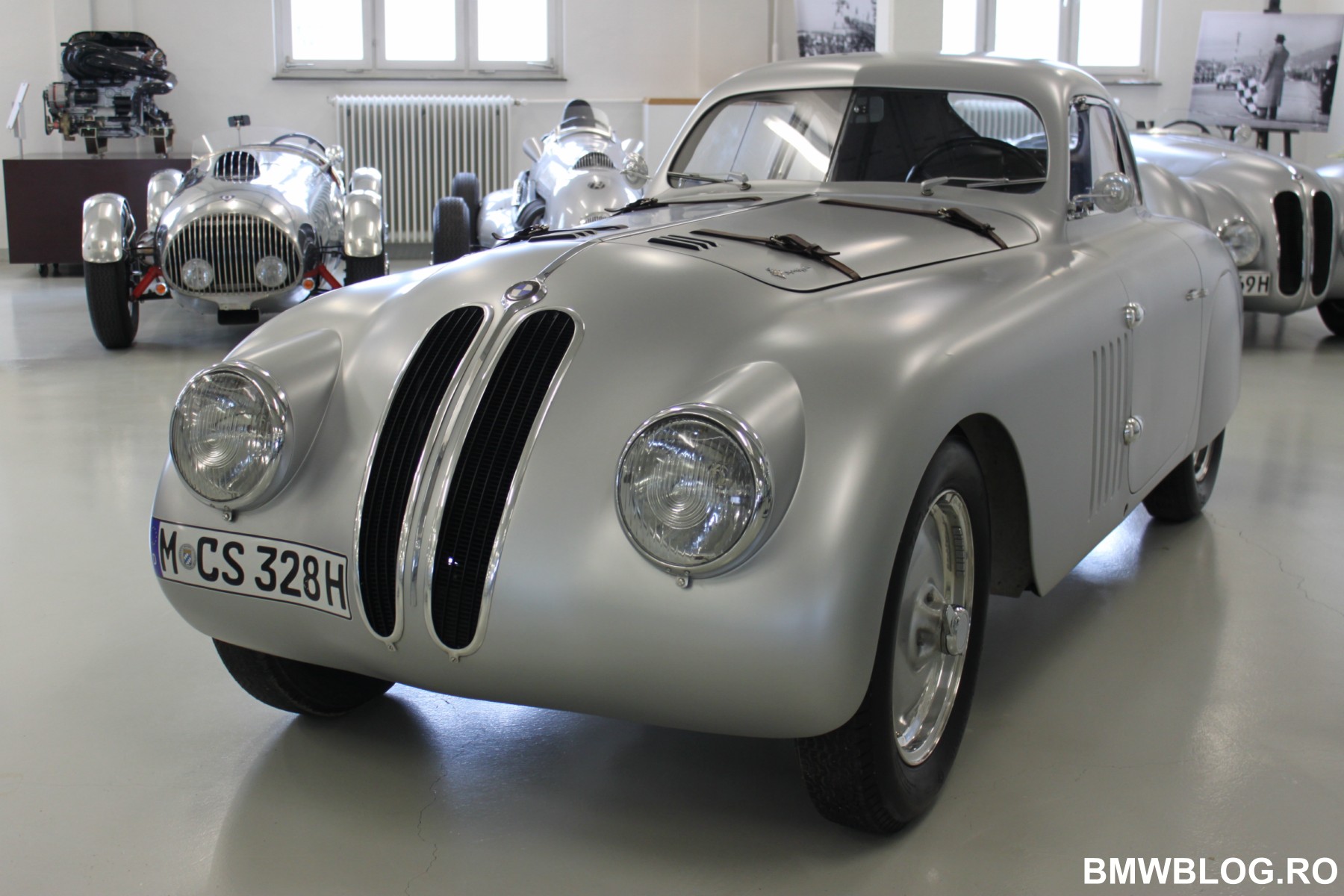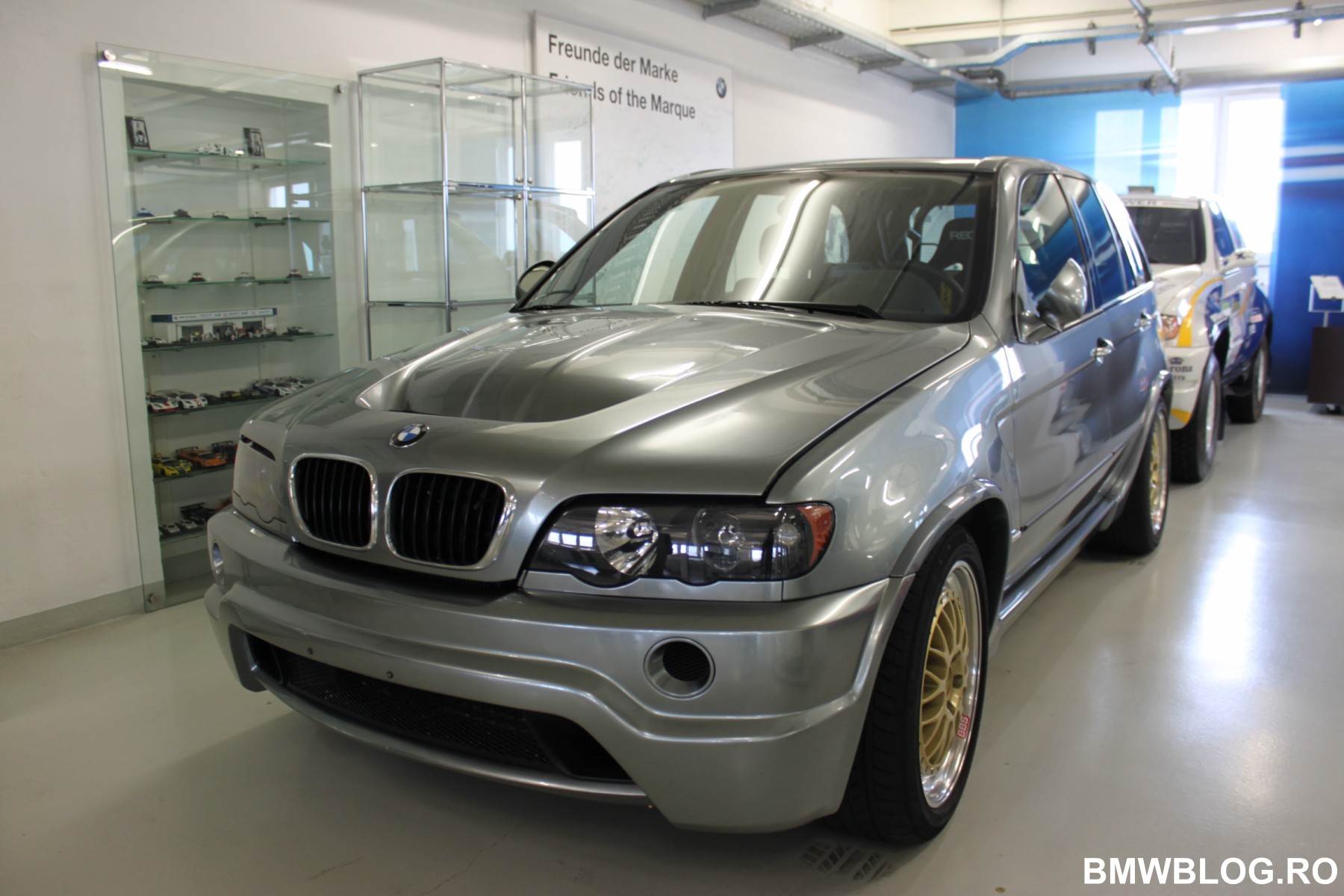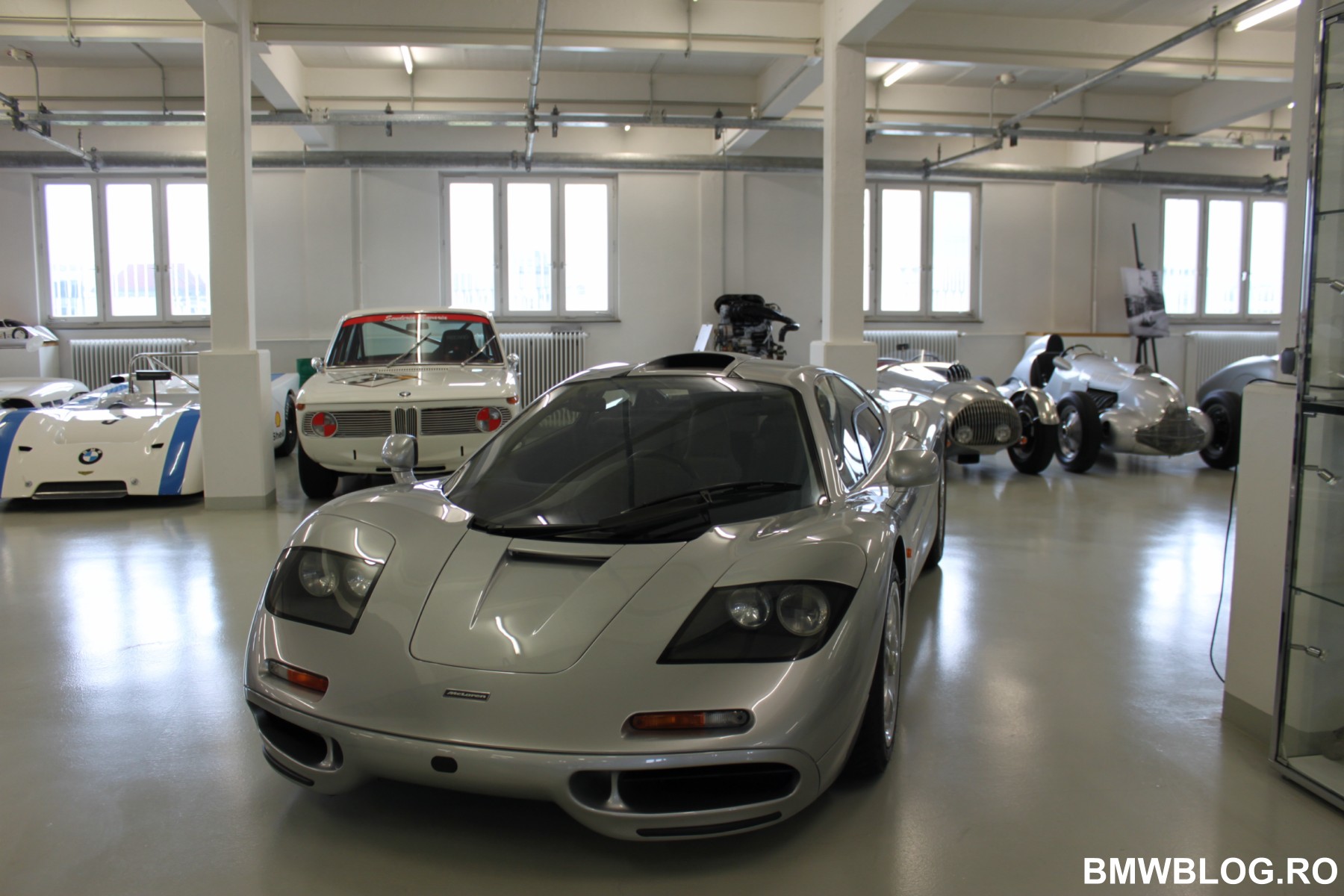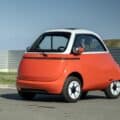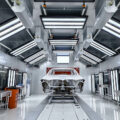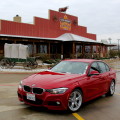The building where BMW Classic resides lies within a couple of minutes from BMW Welt, in Munich. Apparently nothing betrays the hidden gems within, but the building is quite a goldmine, as it accommodates BMW Group archives, as well as part of the BMW Classic collections. Some 200 cars can be found here out of the impressive collection of more than 2000 existing cars, including models that do not even show up in BMW history books.
BMWBLOG had an unique opportunity to visit BMW Classic some time ago, and accompanied by Mr. Florian Moser, our guide, we had the chance to discover, with great joy and amazement, a piece of the BMW history that spreads across more than 80 years.
Let’s start with a few words about the role of BMW Group Classic and its evolution in time.
First of all, all the activities of BMW Group that are related to the company’s history, its name or its three brands, BMW, MINI and Rolls-Royce are all coordinated by BMW Group Classic.
BMW Group Classic integrates the museum, the archives, assistance for the press club and BMW Center, and manages the organization of specific events. BMW Group Classic collections are not only stored in the museum, but they are also displayed at various events across the globe.
The archive sits on the first floor of the building and it accommodates all the documents, manuals, brochures, photos, reports, important sketches, all the materials that are important to BMW since the beginning of the company. Specialists from motorcycling, racing, automobile field, they all analyze and take good care of thousands of documents that make the history of the BMW brand.
BMW Classic changed its role and activities throughout the time. In 1994, the original department called BMW Group Mobile Tradition, focused on preserving in a good state the historical cars and motorcycles, as mobile testimonials of the BMW brand history. As the classic cars became more and more appreciated, new departments have been set-up, such as technical support, events management, communication of the historical info, etc.
Moreover, BMW Classic always tried to get closer to clients: if only two years ago the service shop was repairing exclusively cars in BMW Classic collections, nowadays the shop provides repair services and restoration to all cars, including the client’s cars.
Now that we got familiar with BMW Classic background, let’s start the real trip. It always begins with the Atrium, where the idea is to show how big is the whole range of BMW Group Cars: BMW, MINI, Rolls Royce, BMW M GmbH, motorcycles. All vehicles shown here were previously repaired and reconditioned.
Basically, a BMW, MINI or Rolls Royce model becomes a BMW Classic responsibility 15 years after its production.
This is the first classic car we see, and it is displayed in a sort of elementary workshop. Amazingly, this car has driven more than 300,000 miles in its entire life!
Leaving the somehow “public area” on the first floor, judging by the number of people wandering around, we enter a more quiet area, where cars are the only inhabitants. Mr. Florian Moser kindly explains that here some significant changes took place, since keeping so many cars in such a small space made difficult to preserve all the cars in a good condition.
What you see first is that the cars here are arranged in a different way compared to BMW Museum. In the BMW Museum the focus is on technical developments that are relevant today, in technology, aerodynamics, etc, while in the BMW Classic collection there is no way to do that, and therefore cars are displayed in chronological order.
As you all may know, to BMW it all started in 1928 / 1929, when they bought the DIXI plant in Eisenach, in Eastern Germany. Afterwards, in 1929 the first BMW car was launched: 3/15 DIXI.
The car was a huge success, and this is quite amazing, taking into consideration the difficult times back then.
It appears that BMW’s image today – that of an automaker that builds sports cars, premium cars, technical and very innovative, goes back in time until 1930, when cars like BMW 328 Roadster came to life. 328 Roadster raced in Mille Miglia and it was a very innovative car with respect to aerodynamics. A lot of the elements that were on that car at that time are important today as well.
All in all, only 464 BMWs 328 Roadster were produced.
Staying in the ‘30s, here’s another special car, as it is the most successful BMW of its times, being sold in more than 50,000 units: BMW 326.
It would seem that the ‘30s were very successful years for BMW. But as our guide points out, we should also keep in mind that at that time BMW was building mainly aircraft engines, and only secondarily, cars.
After the war ended, BMW was not allowed to build aircraft engines anymore. Hence, they started the car production process from scratch, in Munich, as the production facilities in Eisenach could no longer be used. Some tough times for BMW, one may say.
At that time, BMW’s product strategy was to launch more versions of the same product. Thus, BMW 501, also knows as “The Baroque Angel”, due to its specific shape, was a luxury car produced in several versions. 501 was a good car from a technical standpoint, but very expensive. There was a big gap between the initial plans and the outcome, in terms of production units. BMW planned to sell approx. 20,000 units annually, but practically, until 1963 only 22,000 units were produced.
BMW 507, considered by many the most beautiful and most elegant classical BMW, was built in 251 units only. The car was very important to the company’s image but unfortunately, from economical and financial point of view, it was not successful.
BMW 3200 was built based on 501 and was launched in 1957 in Turin. The car was designed by Michelotti Vignale, in an attempt to re-interpret the initial concept. This car is a one-off.
The 1600-02 series was very beneficial for the company’s future. Actually the 1600-02 is the first middle class car, launched in 1961 and built starting with 1962. This is the ancestor of the first 5 Series, and a very important car to BMW.
As our guide is showing to us, this is a key point in the history of BMW design: the cars start to look very similar, we can talk about homogeneity, about similar design cues. In the ‘70s BMW launched the first generations of the Series we all know today, and only at that moment you could start to see the common design elements, such as the double lights, or the bonnet.
BMW 3.0 CSL was BMW’s first attempt to build a lightweight car, for enhanced sportivity. The new CSL 2003, based on E46, is basically a new interpretation of the 3.0 CSL, who was extremely successful in motorsports. In the ’70s, BMW won the European Championship 6 times.
The following two cars look very similar but are in fact very different. The red prototype was built in 1972 and is the BMW Turbo Concept. Only two such cars were built, and they incorporate BMW’s ideas about safety, put together in a mid-engine prototype, built by Paul Bracq – Chief Designer at that time.
Many technical and security solutions that were applied on those two prototypes, equipped with turbocharged 6 cylinders inline engines and delivering 280 bhp, would be seen soon on production cars.
No need to explain what the black prototype is: the famous BMW M1.
This concept Just 4/2 represents an early attempt of BMW to build cars for urban environment, a lot of the technology here being taken from motorcycles.
After a quick visit to the motorcycles section, we leave the second floor and head for the third, where the racing cars are awaiting.
BMW’s first attempt to build a Formula 1 car took place at the end of the 1960s – the base of the car was a Brabham BT7 – and the attempt was performed by Alexander von Falkenhausen – an important character in BMW Motorsport history. He brought the BT7, improved it and drove this car successfully, and then decided to step into the Formula 1 with it.
At the end of the 1960s and in the 1970s BMW was very active in Formula 2.
M1 Procar – the race car – took part in the ProcarSeries in 1979 and 1980, just before the launch of the F1 series. Horsepower? Only 470…
Next to M1 Procar we discovered a quite interesting car, that raced in the 1979 season, and needed to be built with the wheel on the right-side, due to the fact that the car was equipped with a turbocharger. In 1983 BMW was the only automaker to use this technology, and due to technical regulations, the wheel’s position had to be changed.
Turbocharged technology was very important to BMW. In 1973 BMW built the 2002 turbo, the first production car equipped with a turbocharged engine. At that time the turbo technology was more important for power, but nowadays is it more important from an efficiency standpoint.
We also had the chance to see the famous BMW X5 Le Mans, equipped with a V12 LMR engine, delivering 700 hp. The car was built in celebration of BMW’s victory in Le Mans in 1999. It is a one-off prototype.
And the last car we’ve seen on our way out was this supercar made by McLaren F1, equipped with a BMW engine. Only four such cars were built at that time.
Among the other cars displayed at BMW Classic we could also see BMW 850i, BMW Z8, Isetta.
Sadly, eventually we had to say goodbye to BMW Classic and its precious treasures. We would like to thank Mr. Florian Moser for the journey through time and through BMW history, and for the fascinating details unveiled.
Special thanks to Alex Seremet – BMW Romania, for this unique opportunity.


